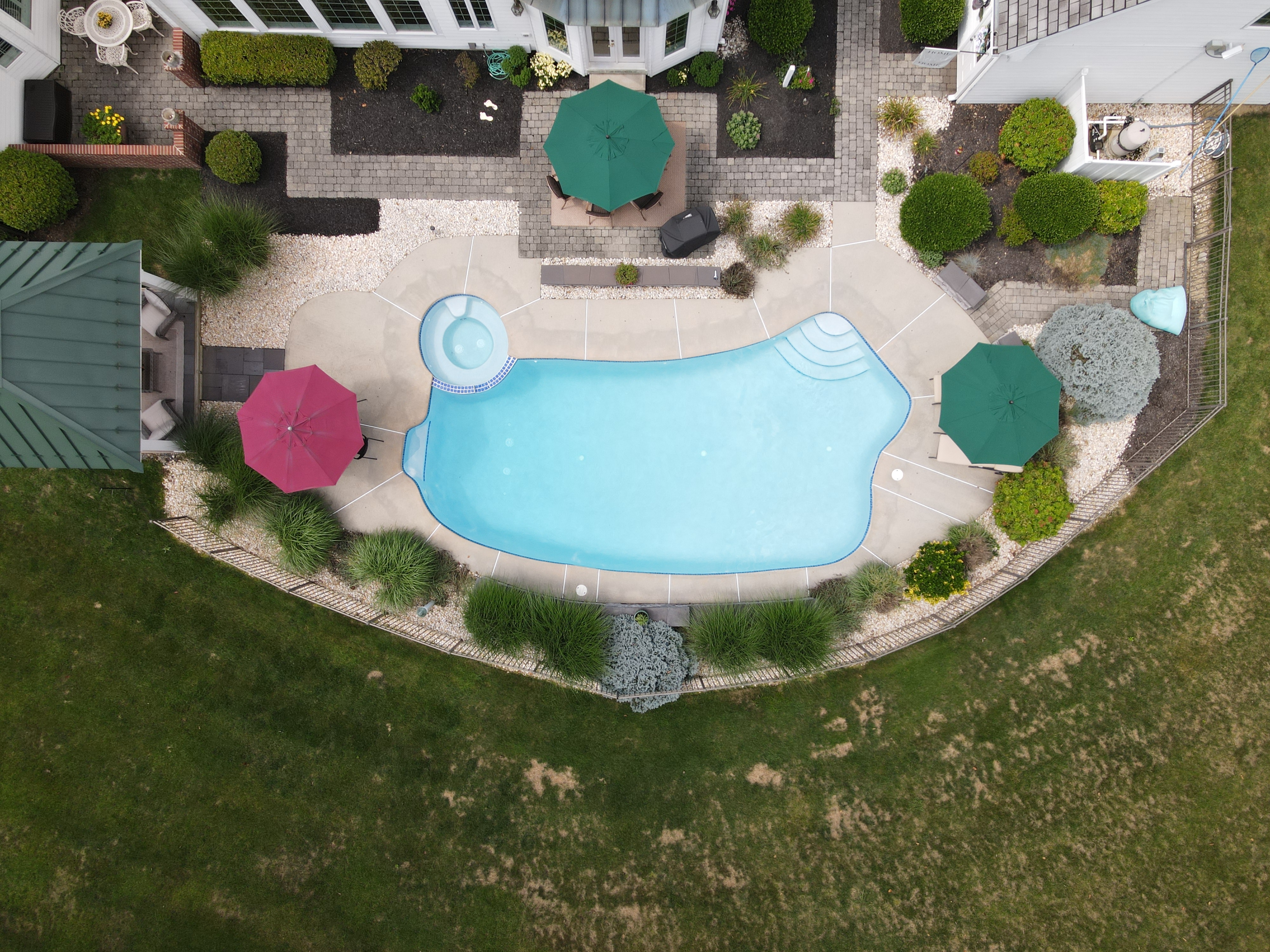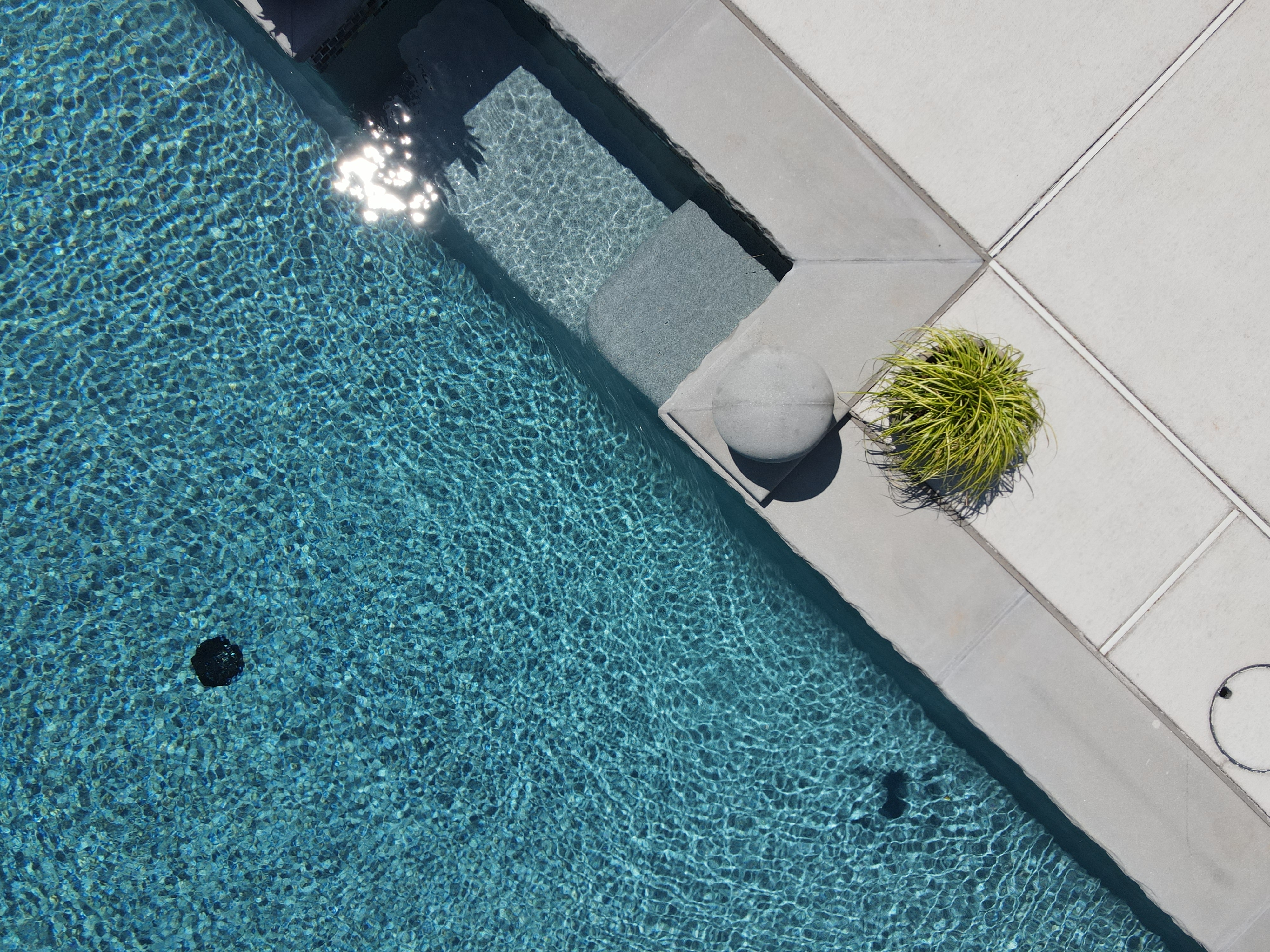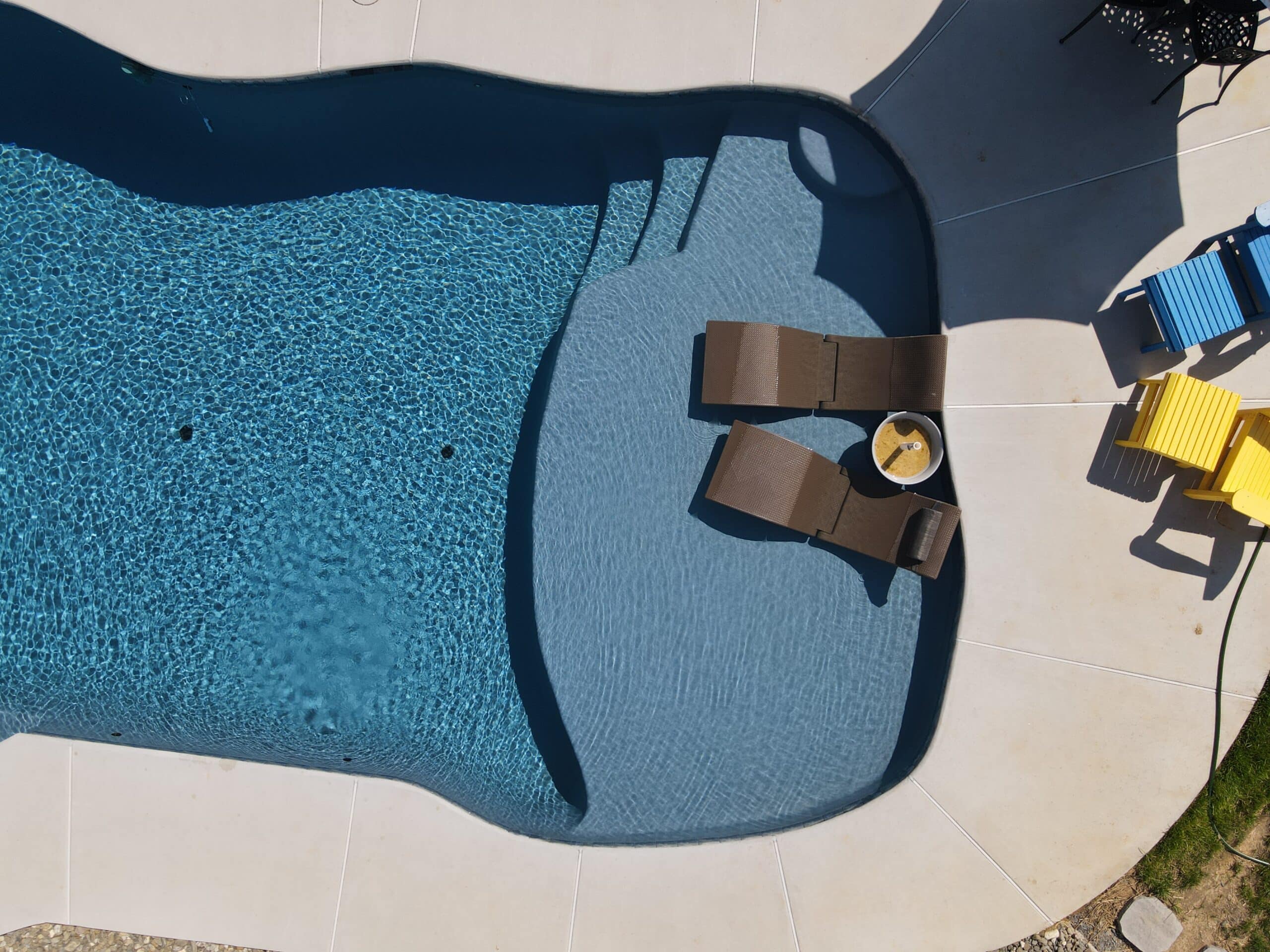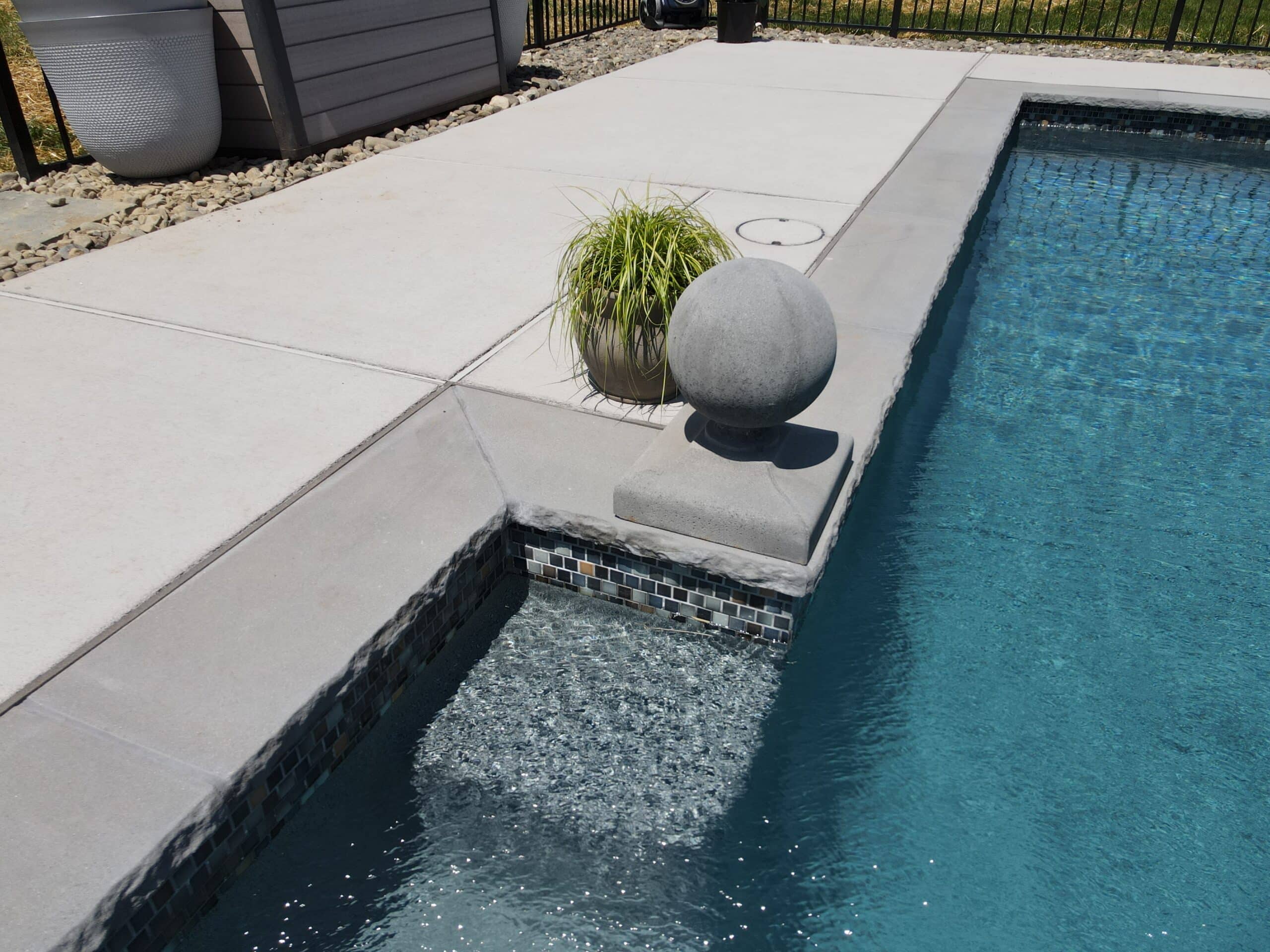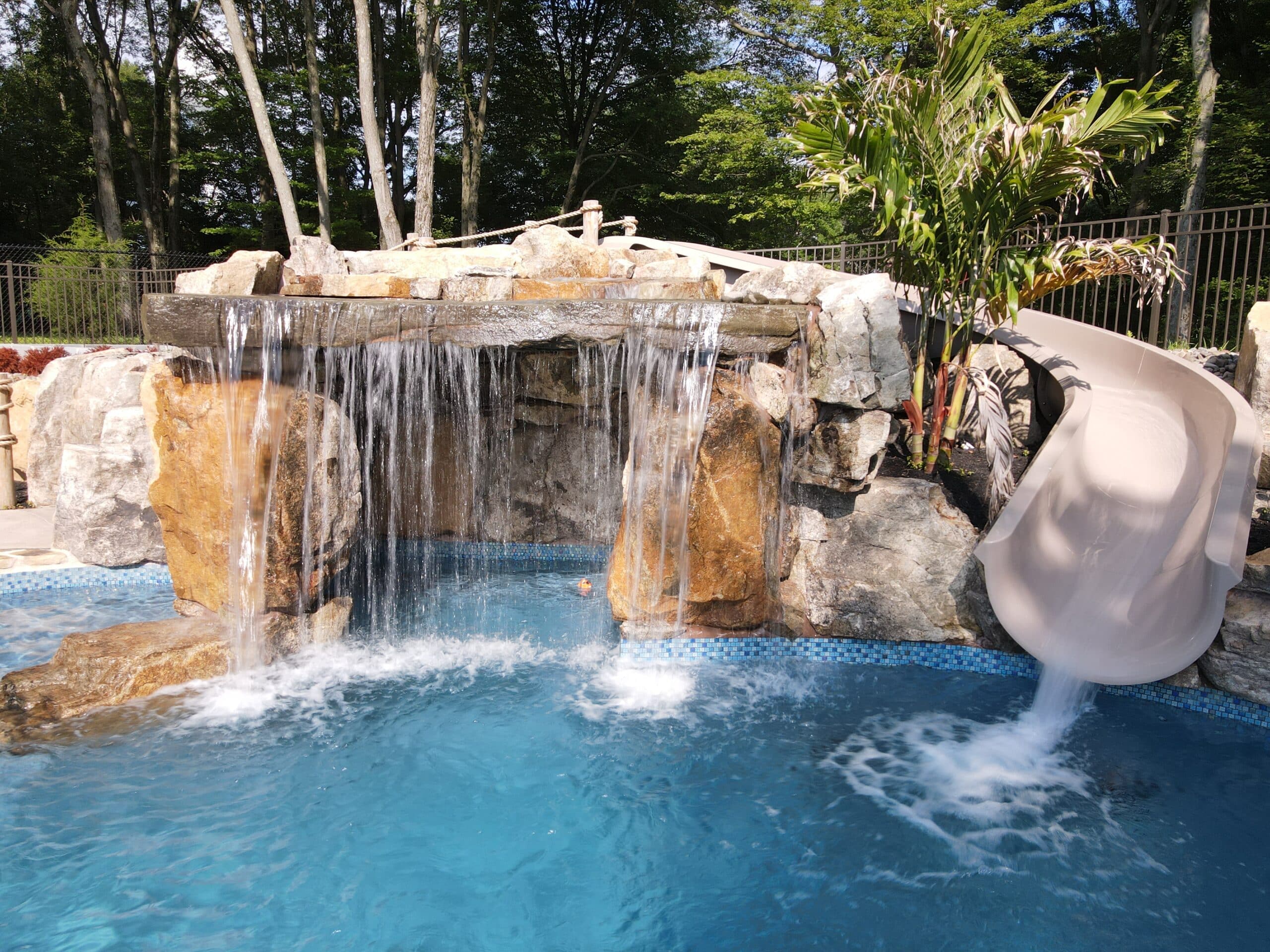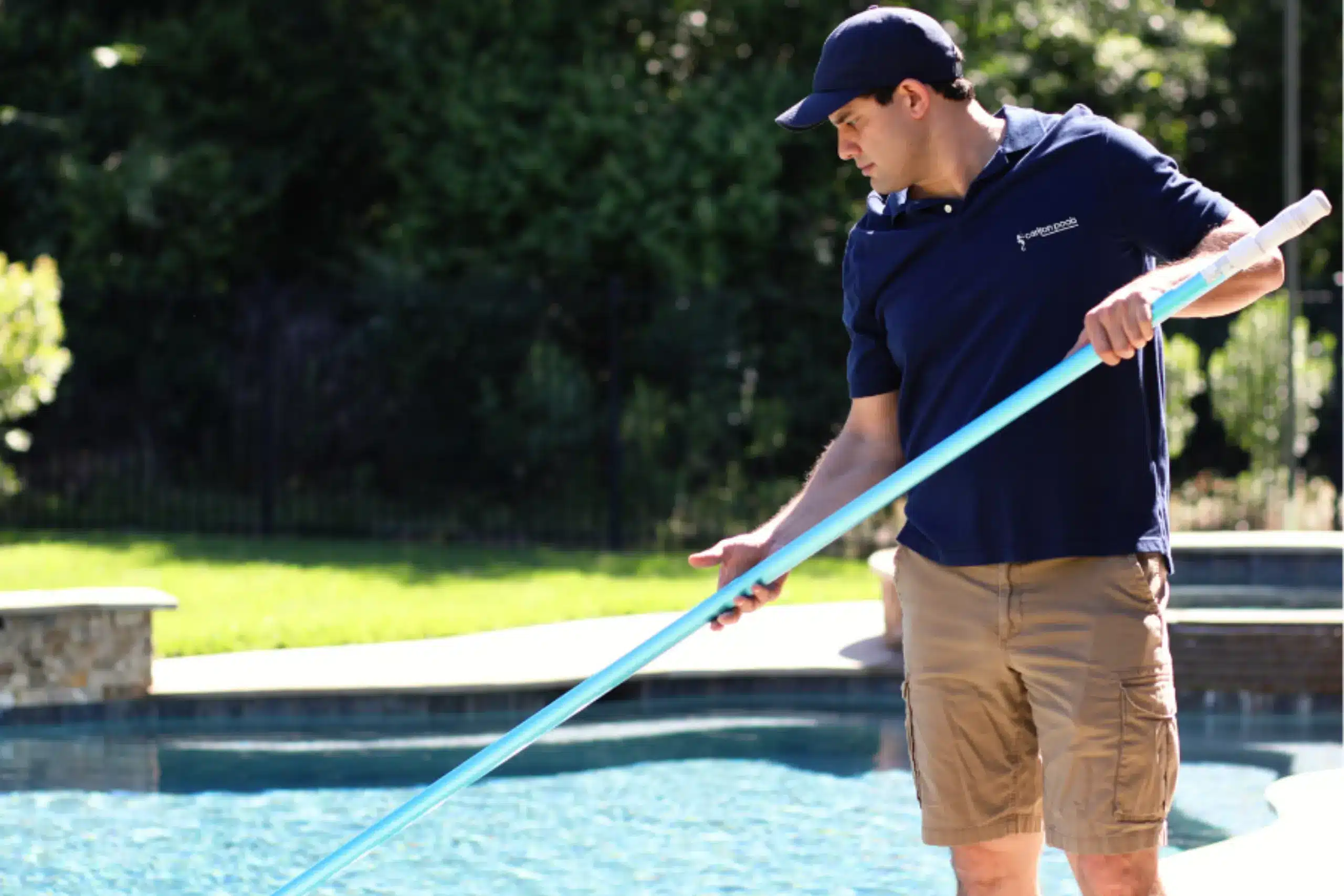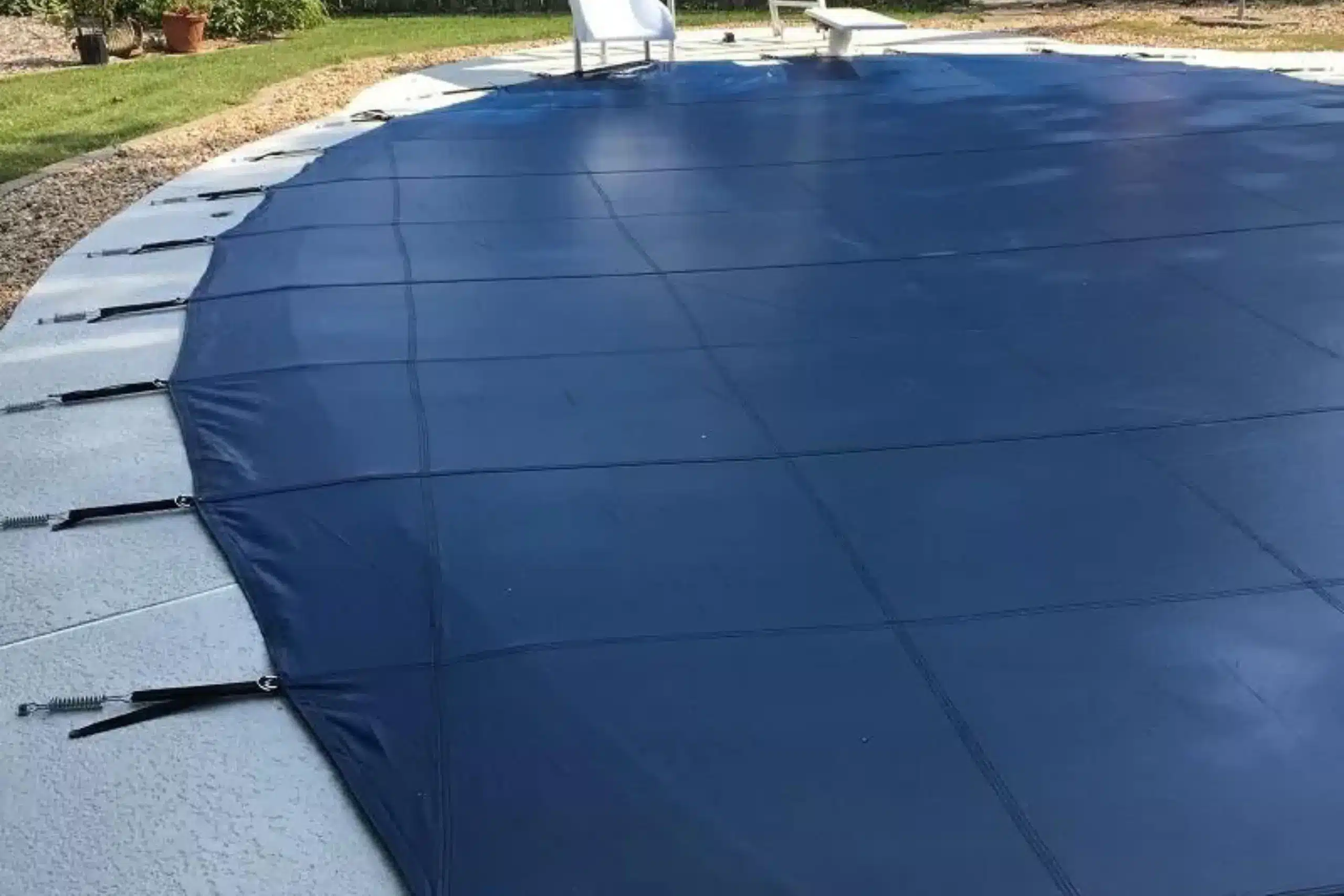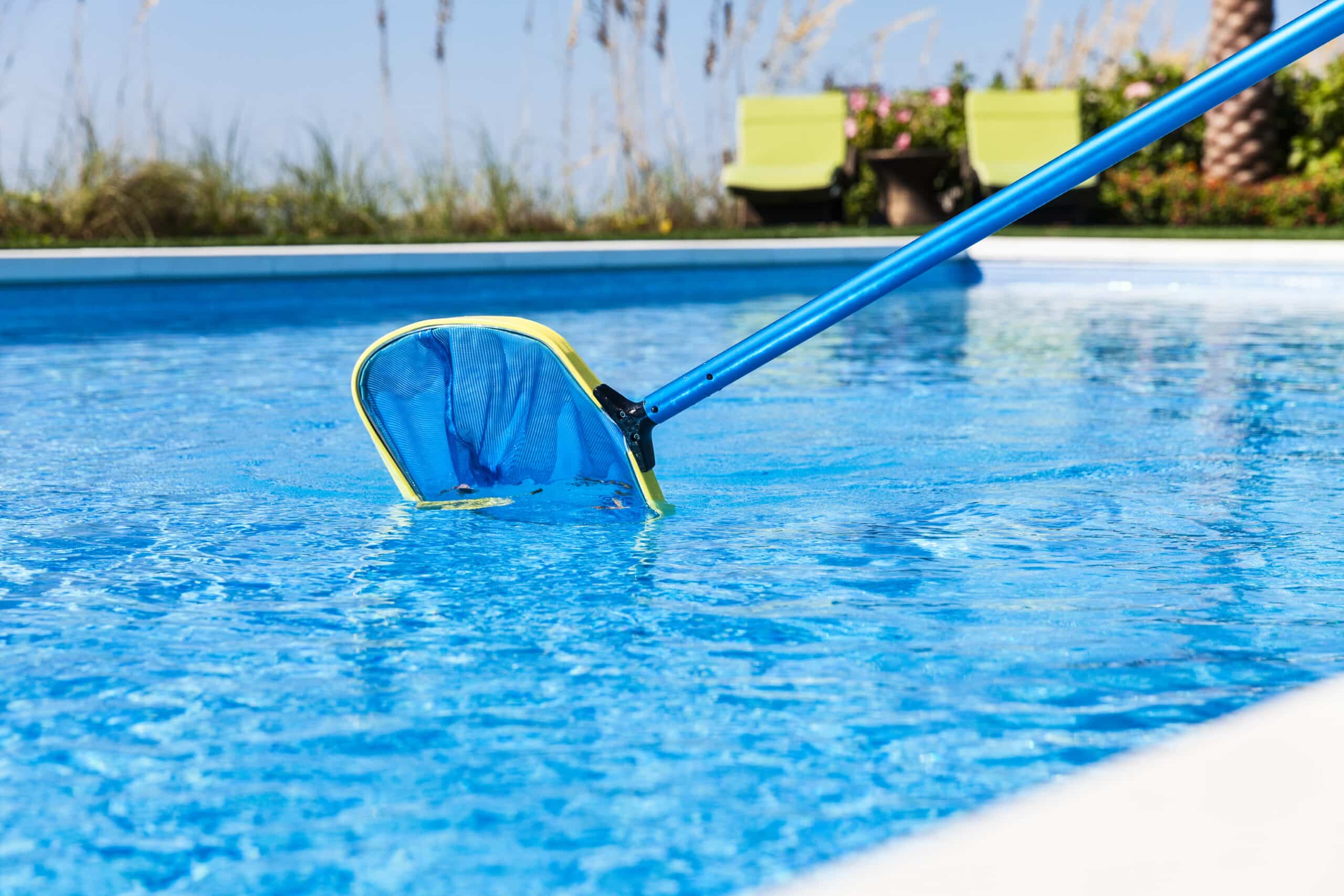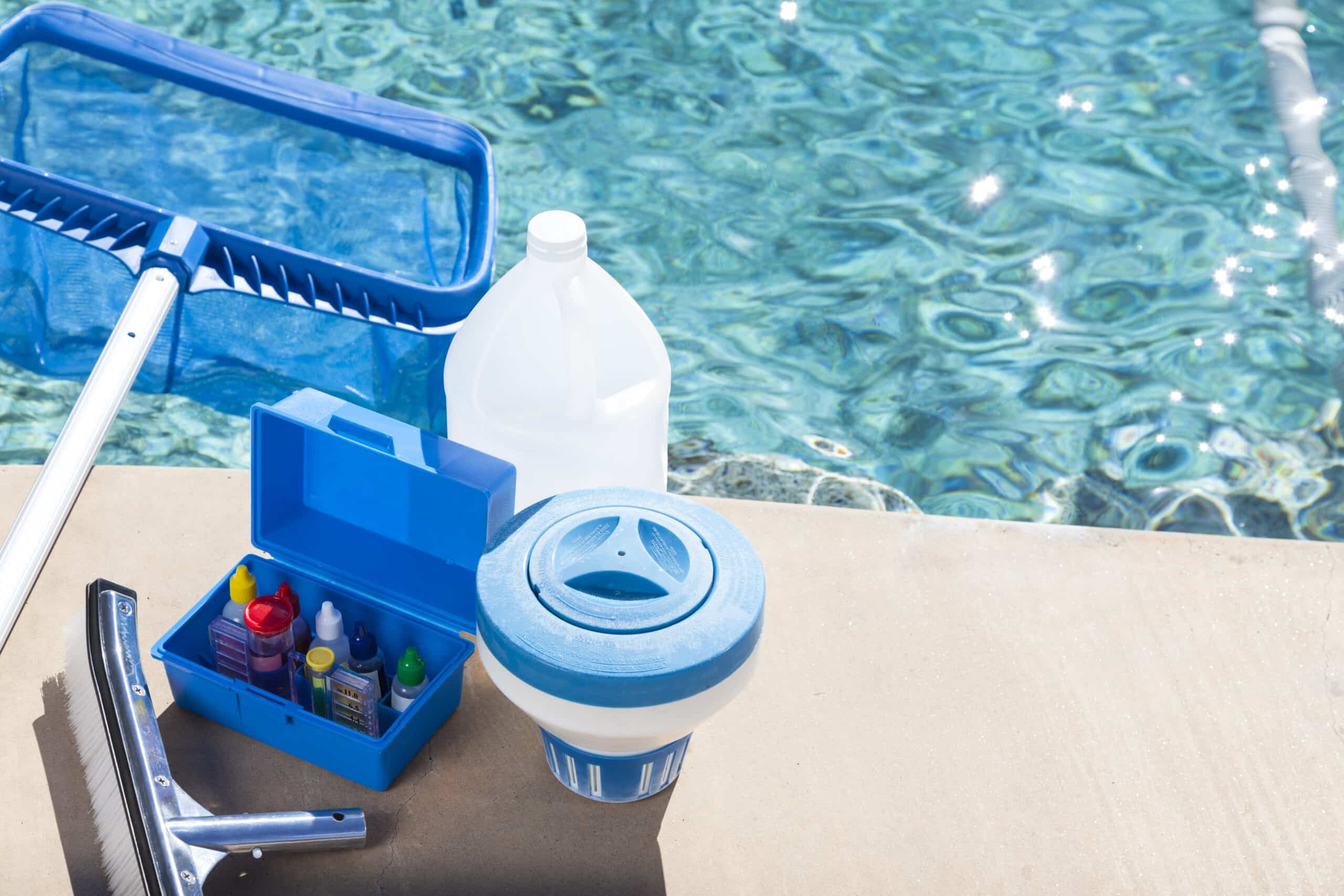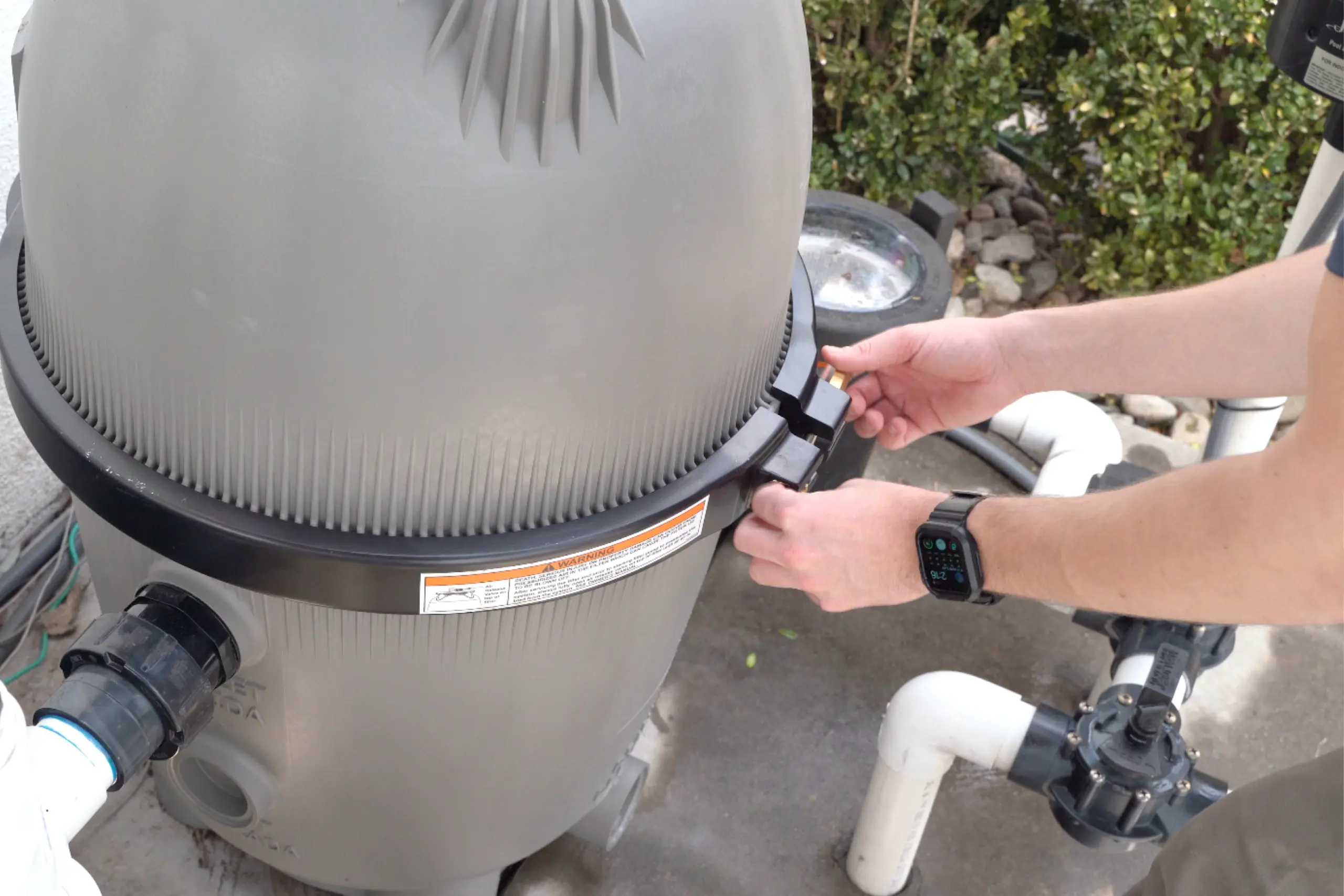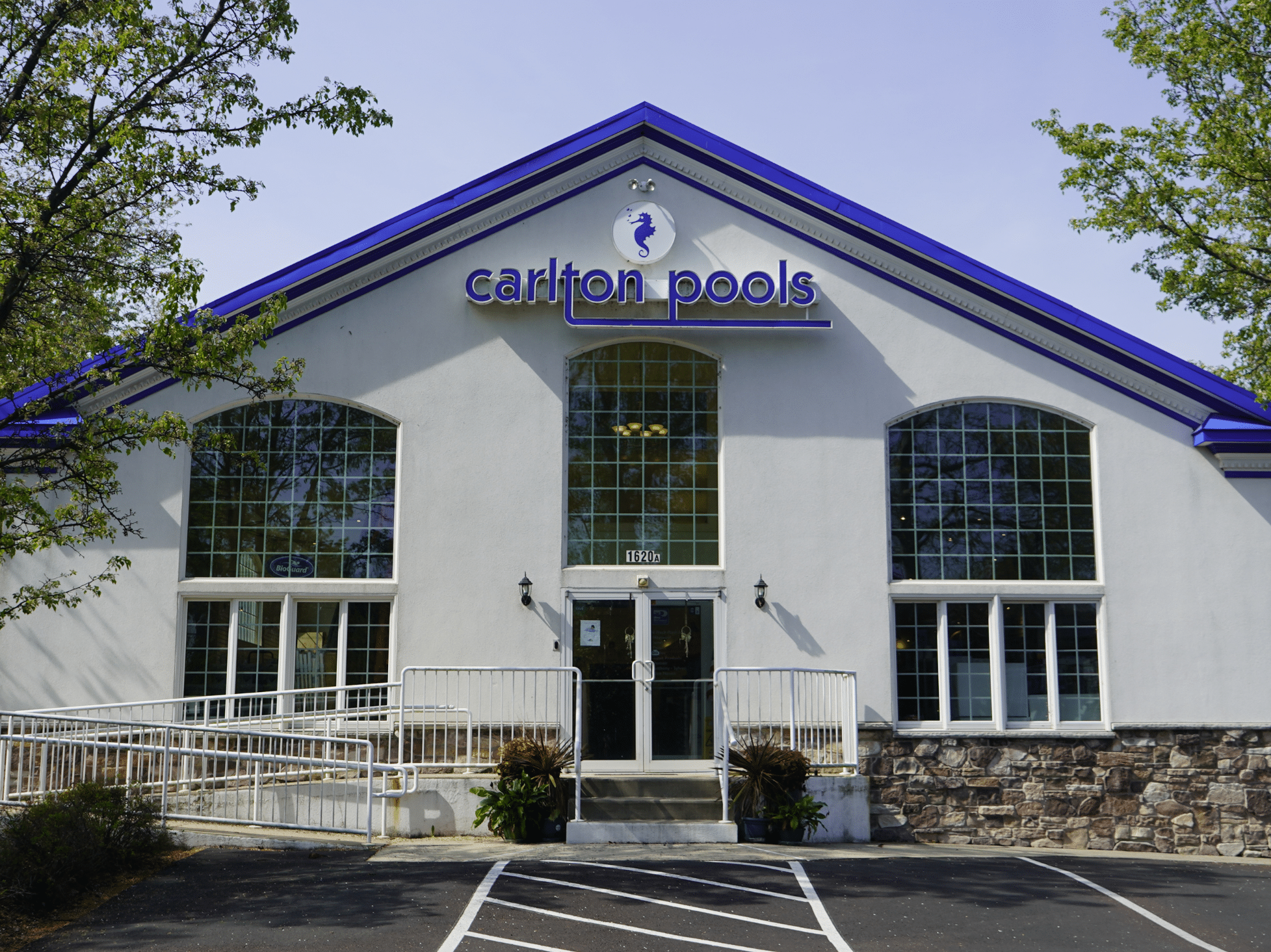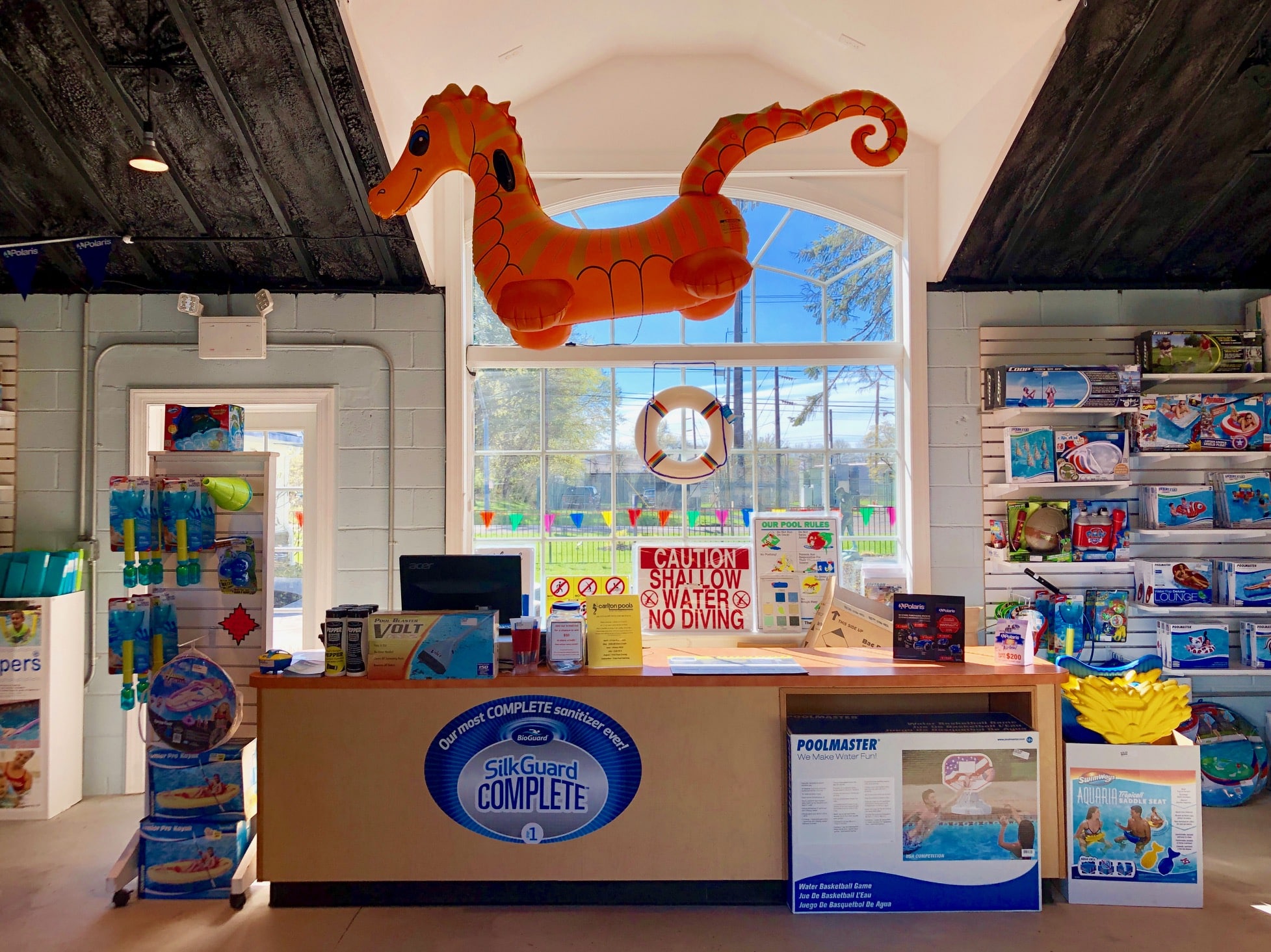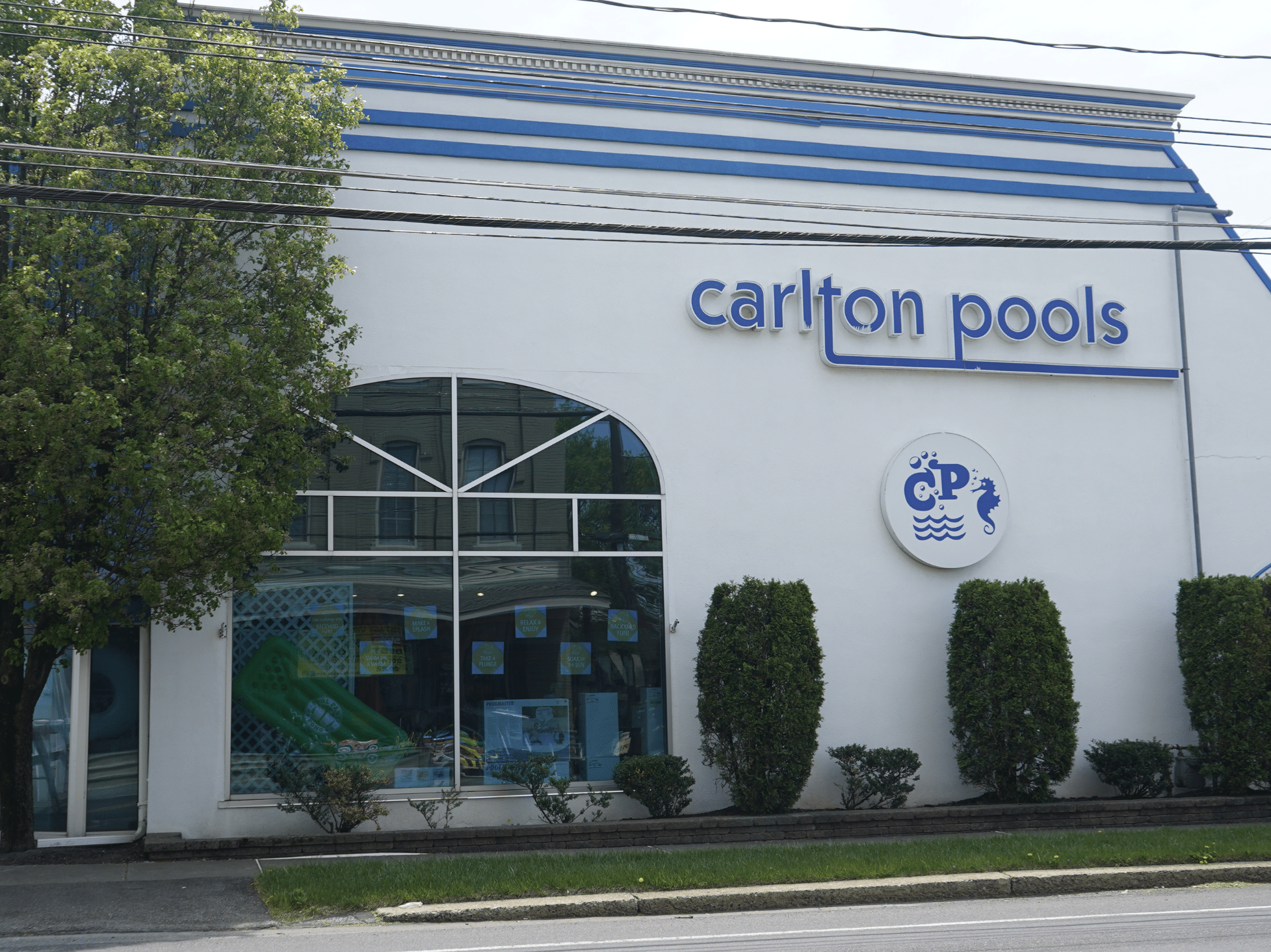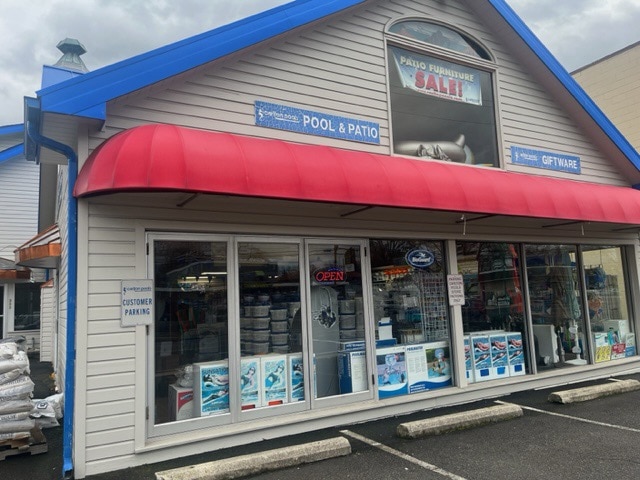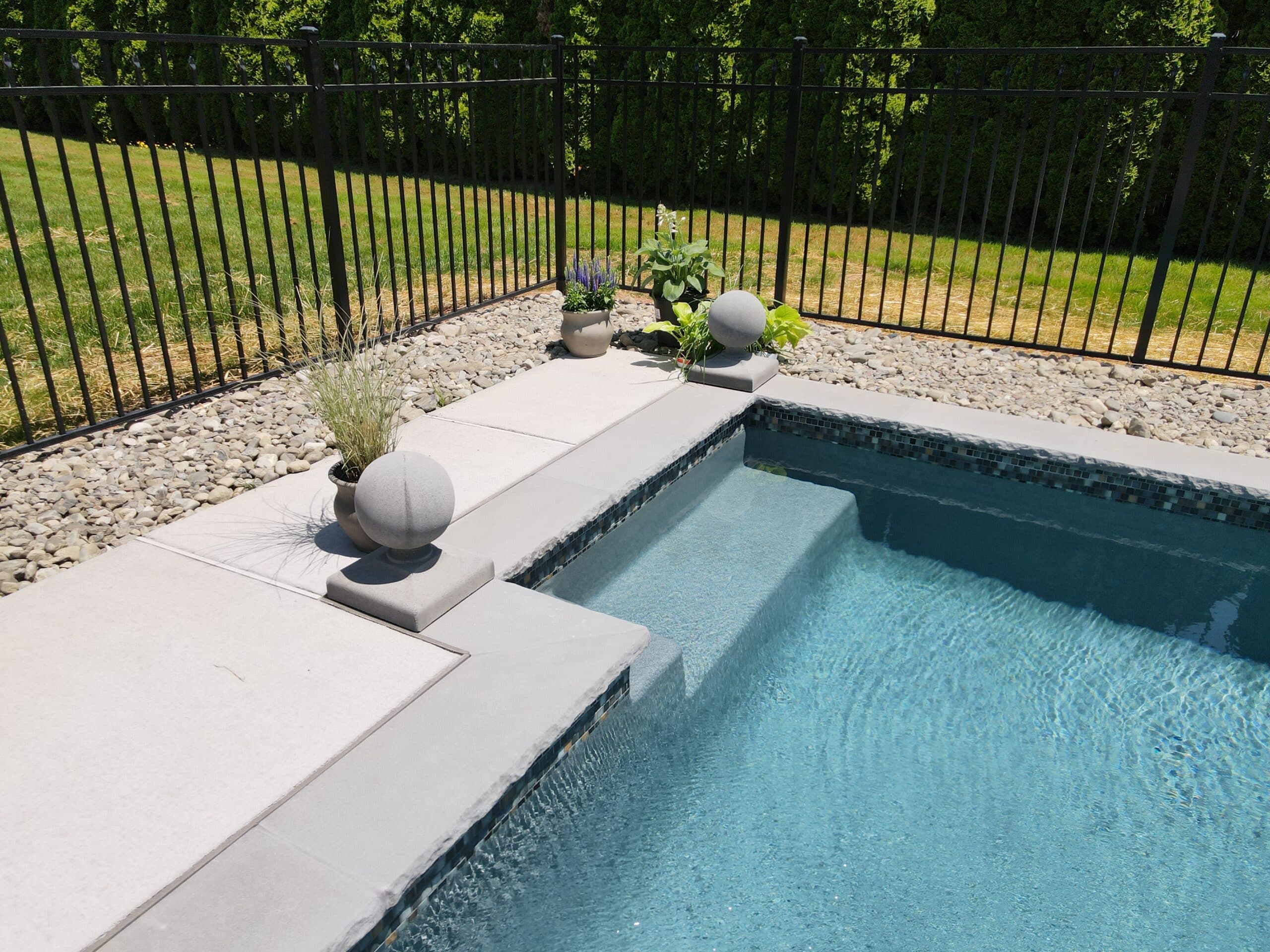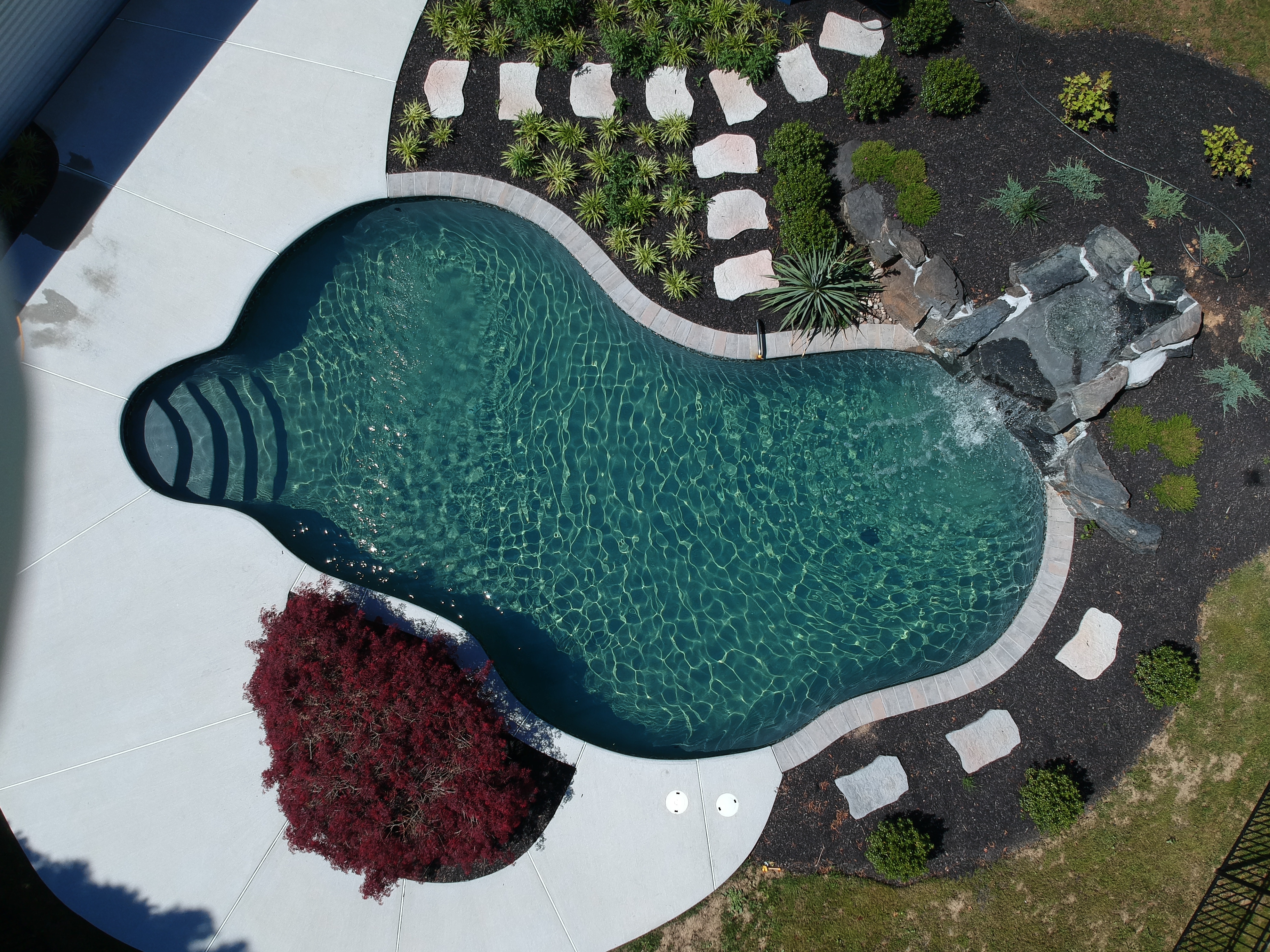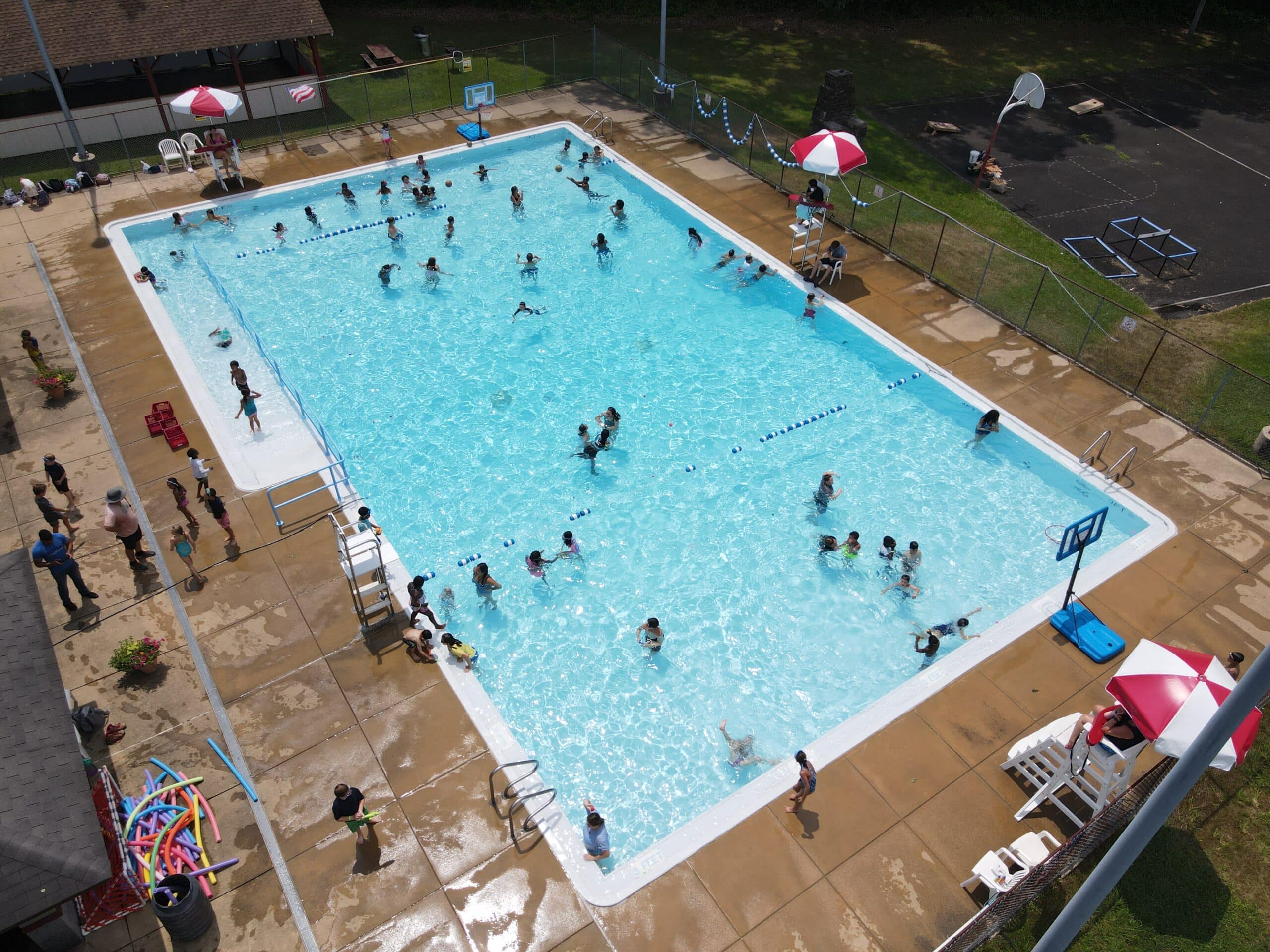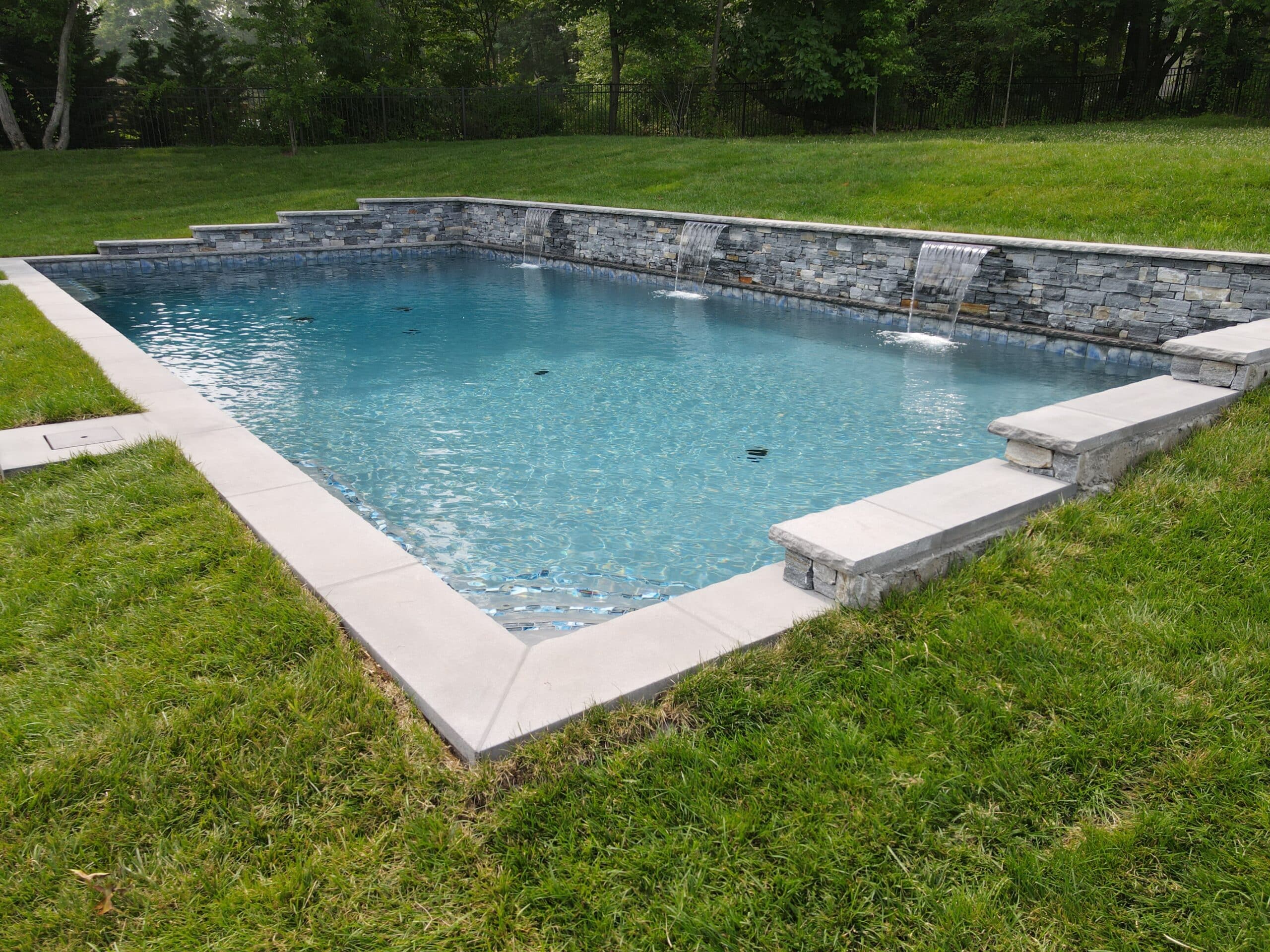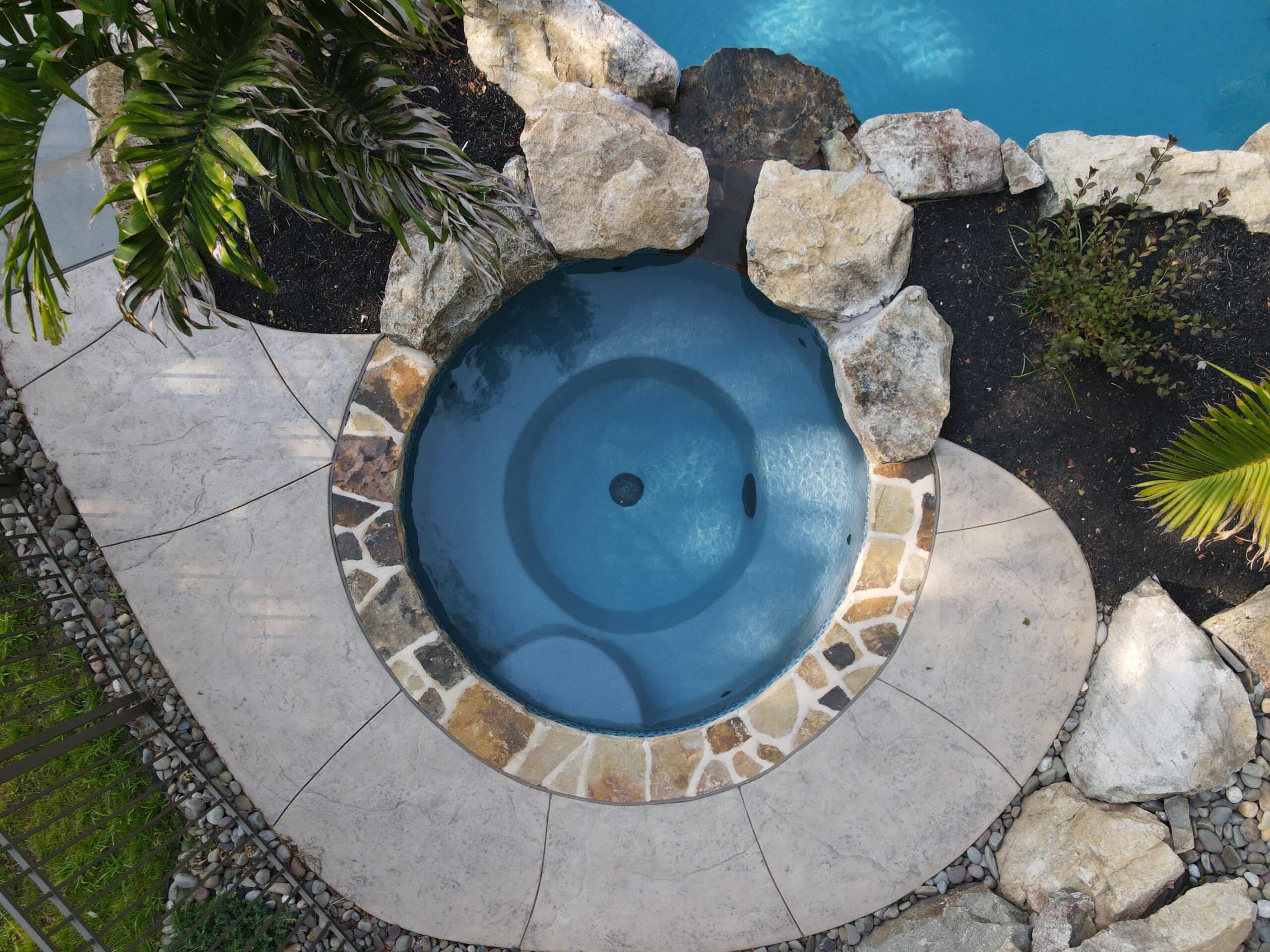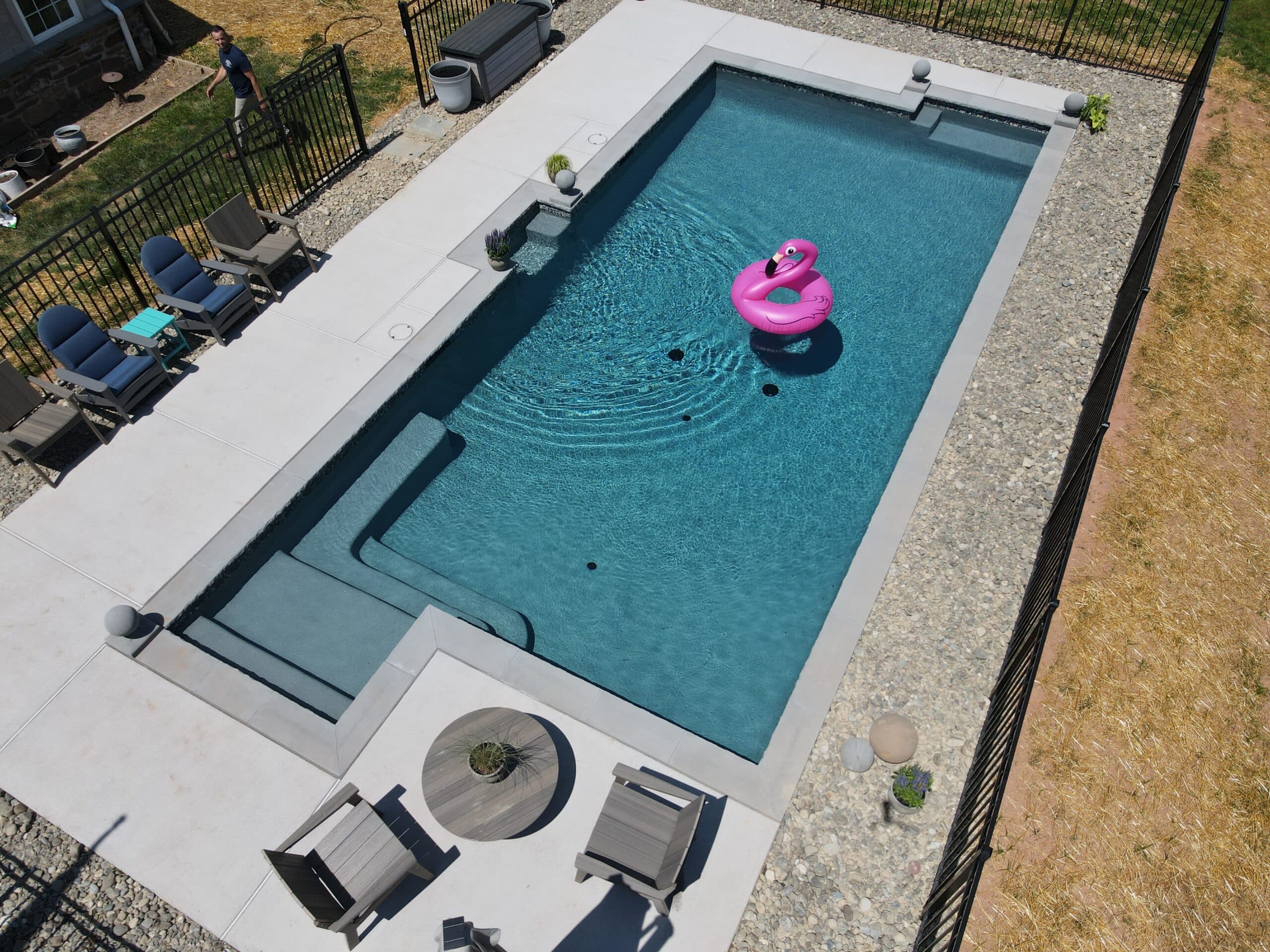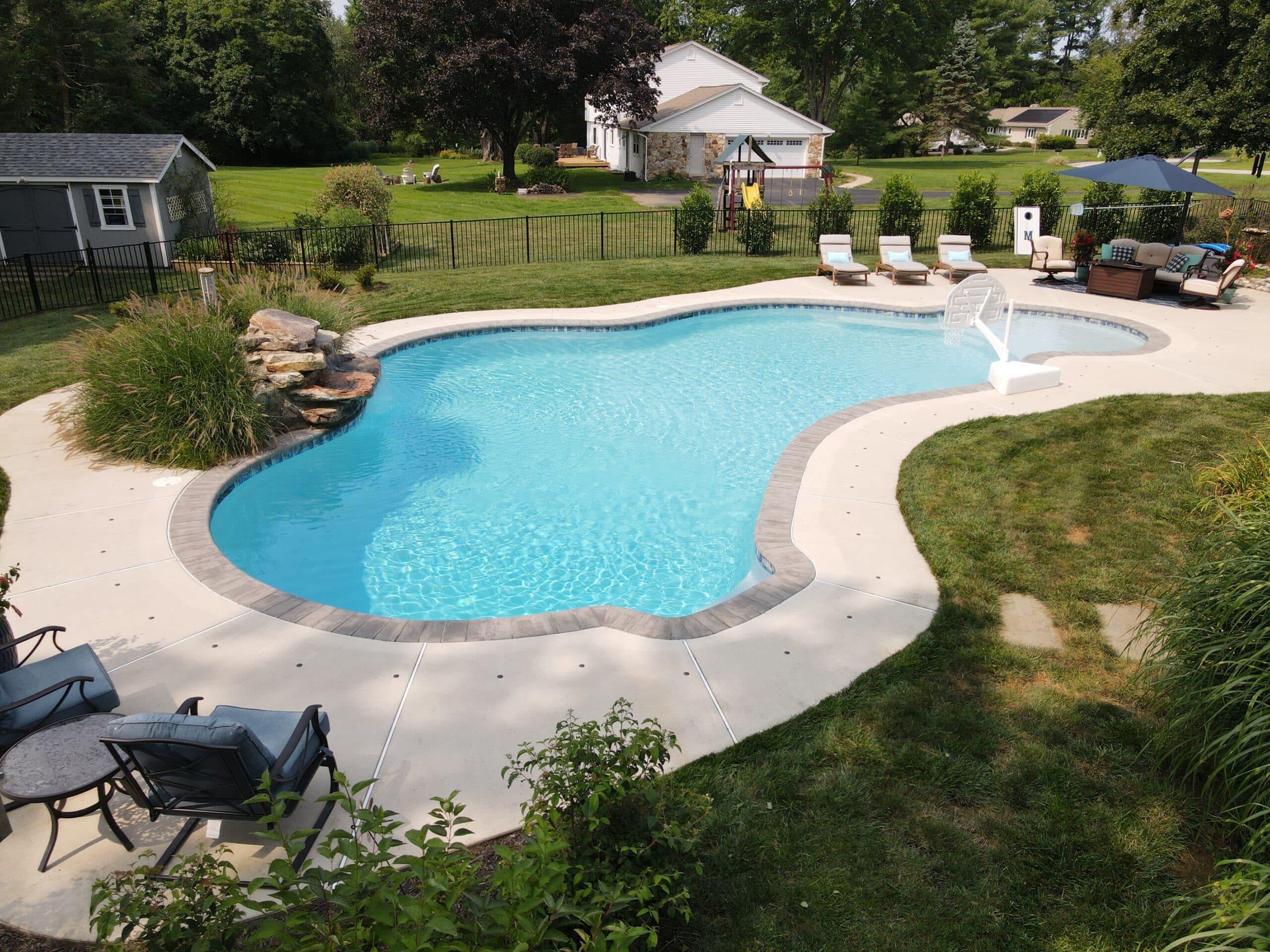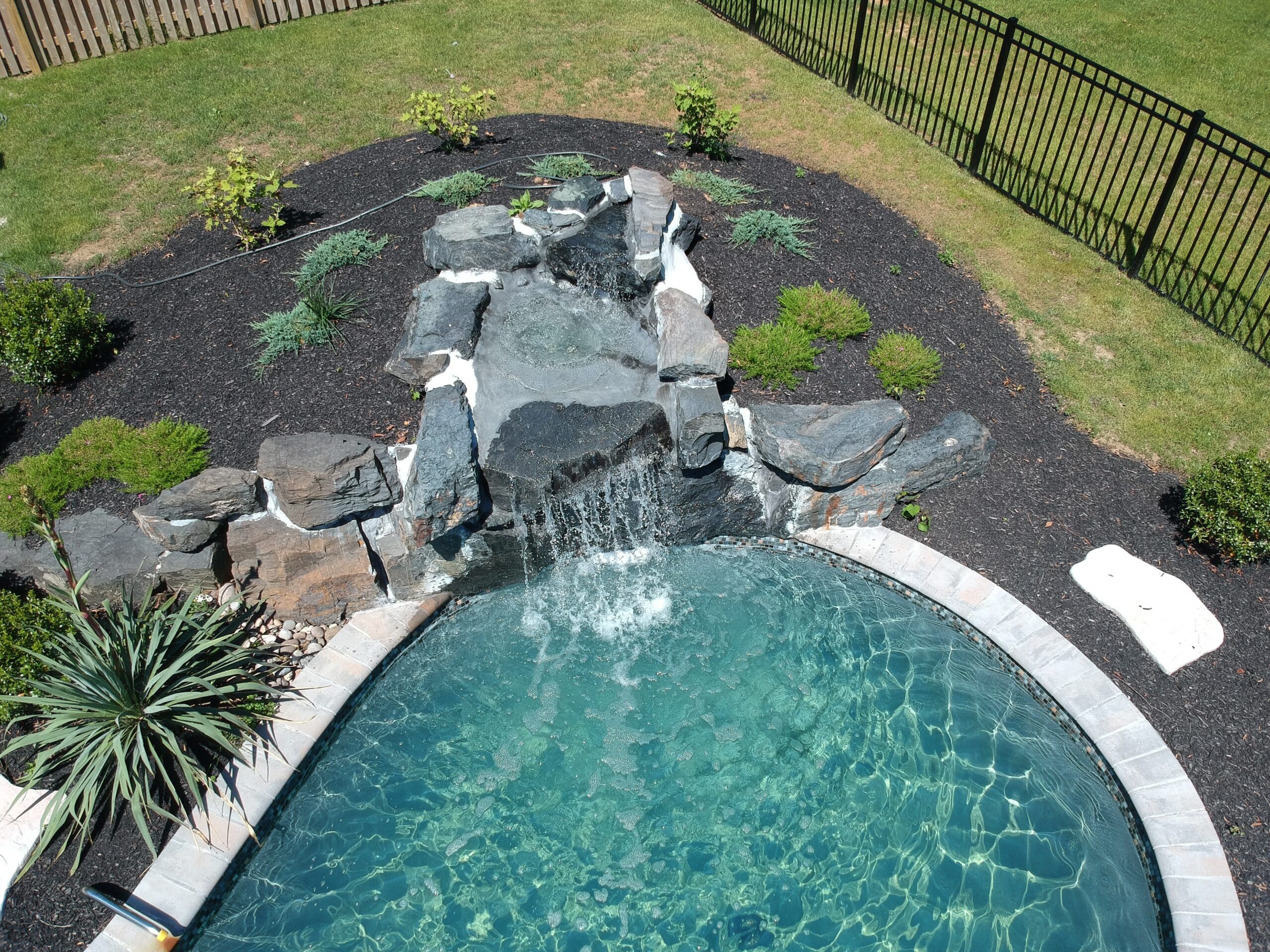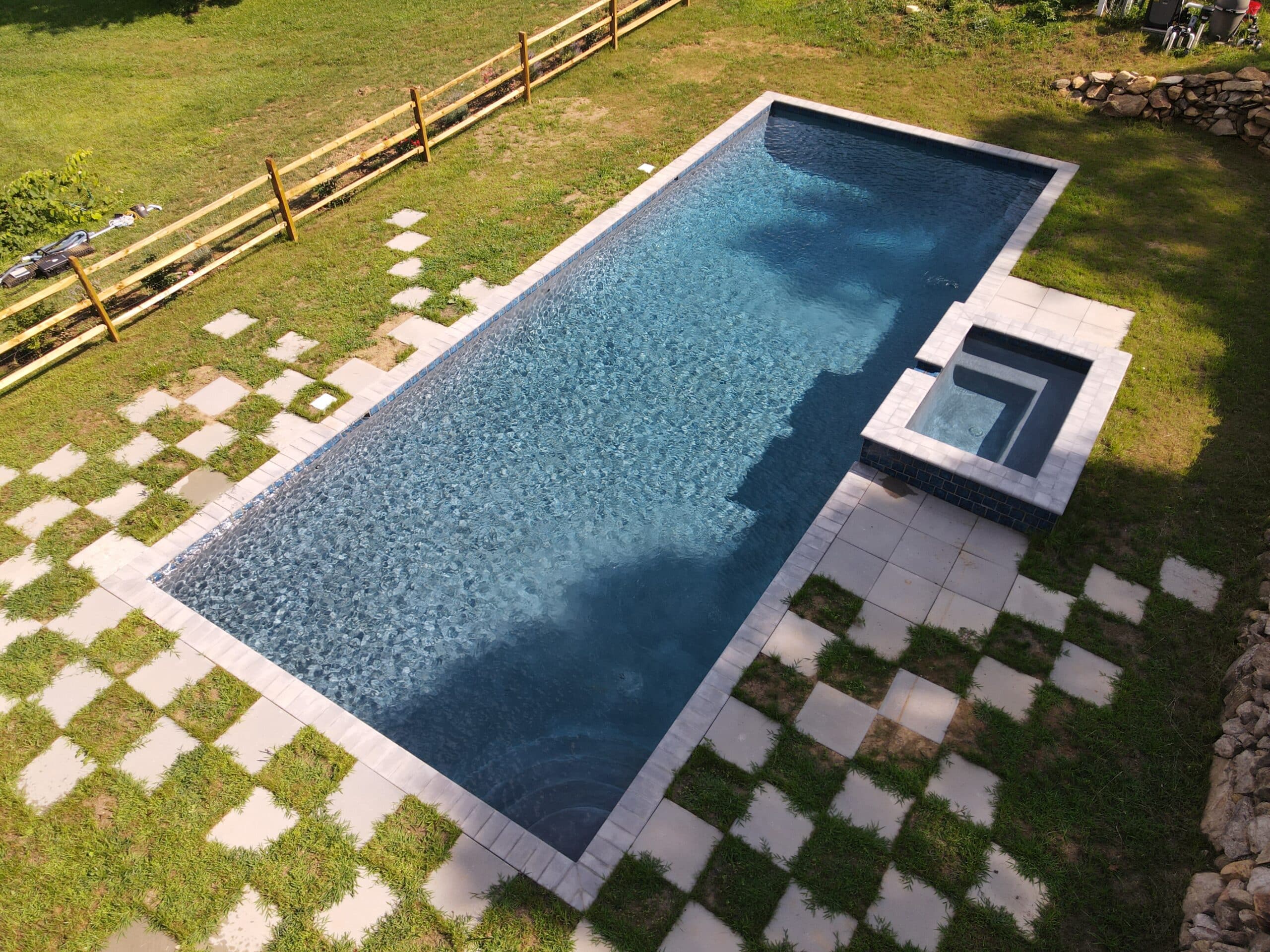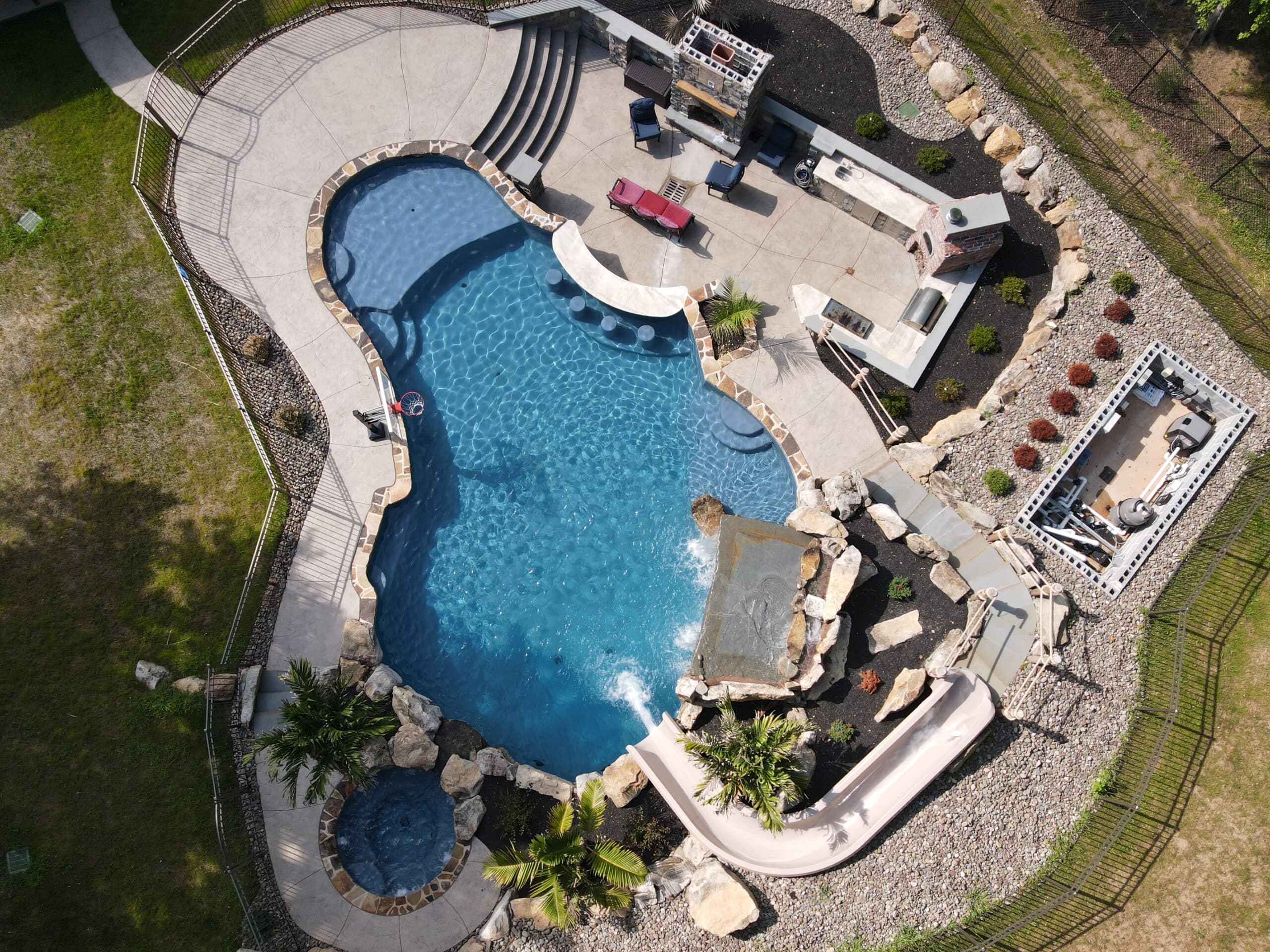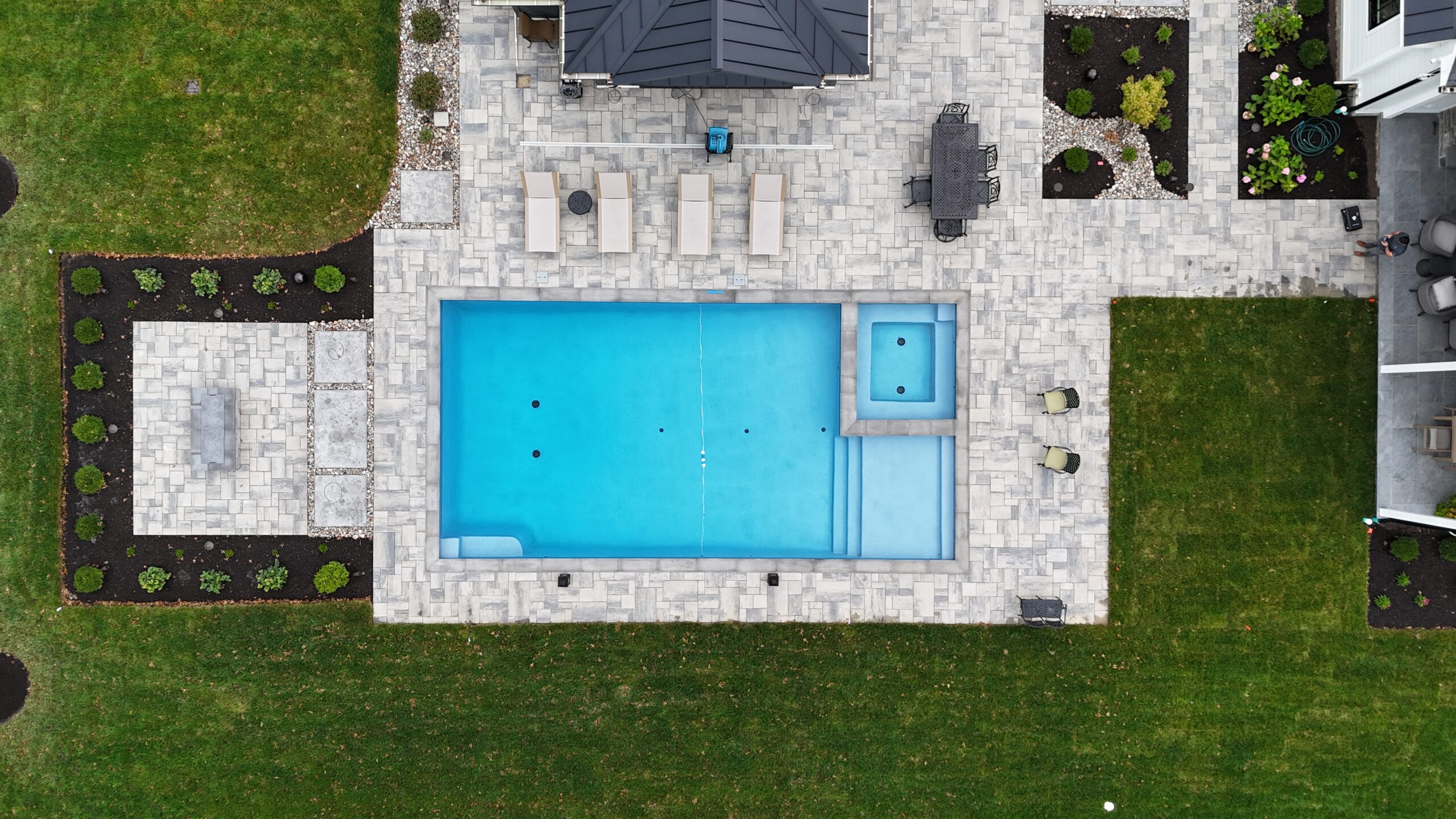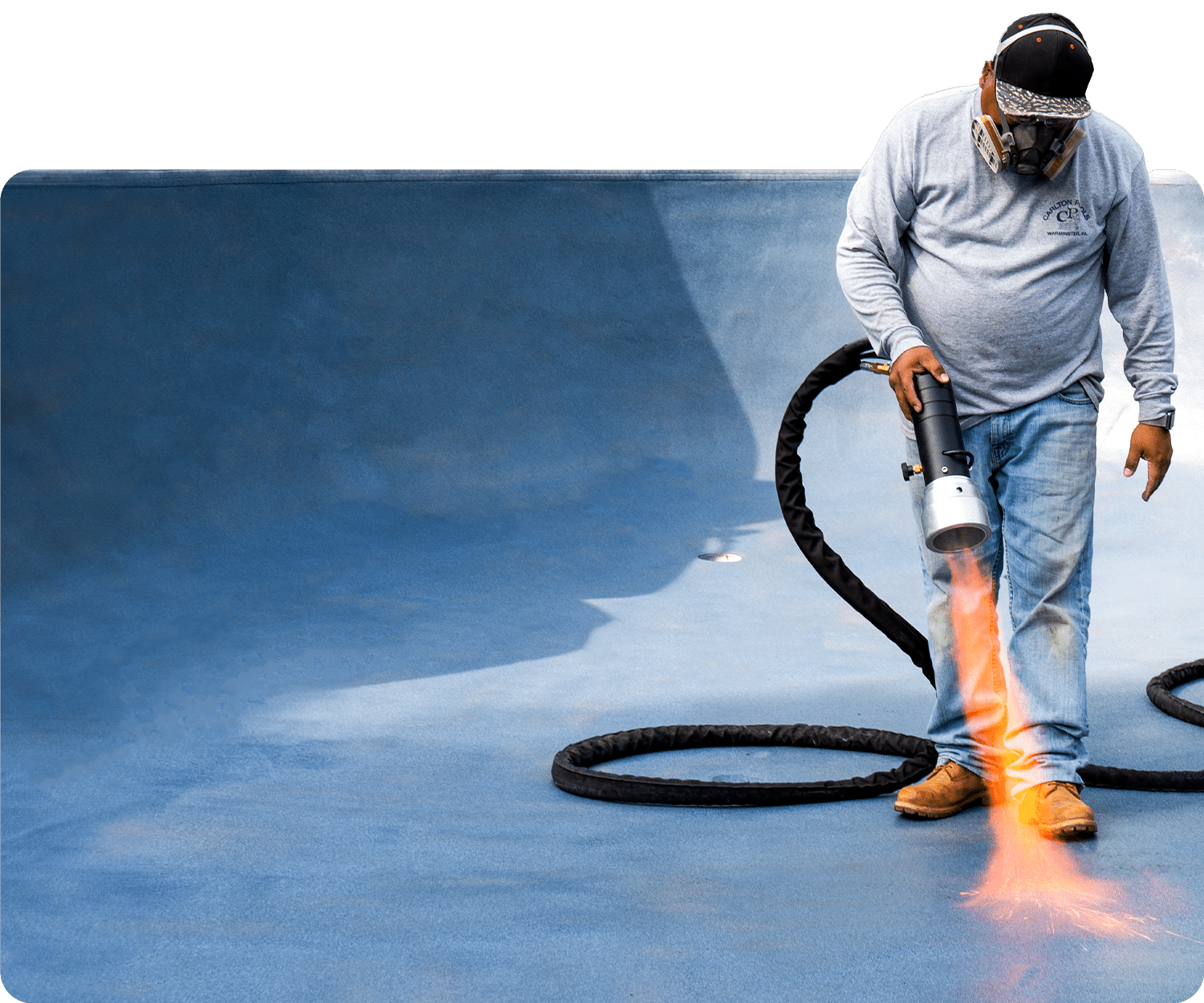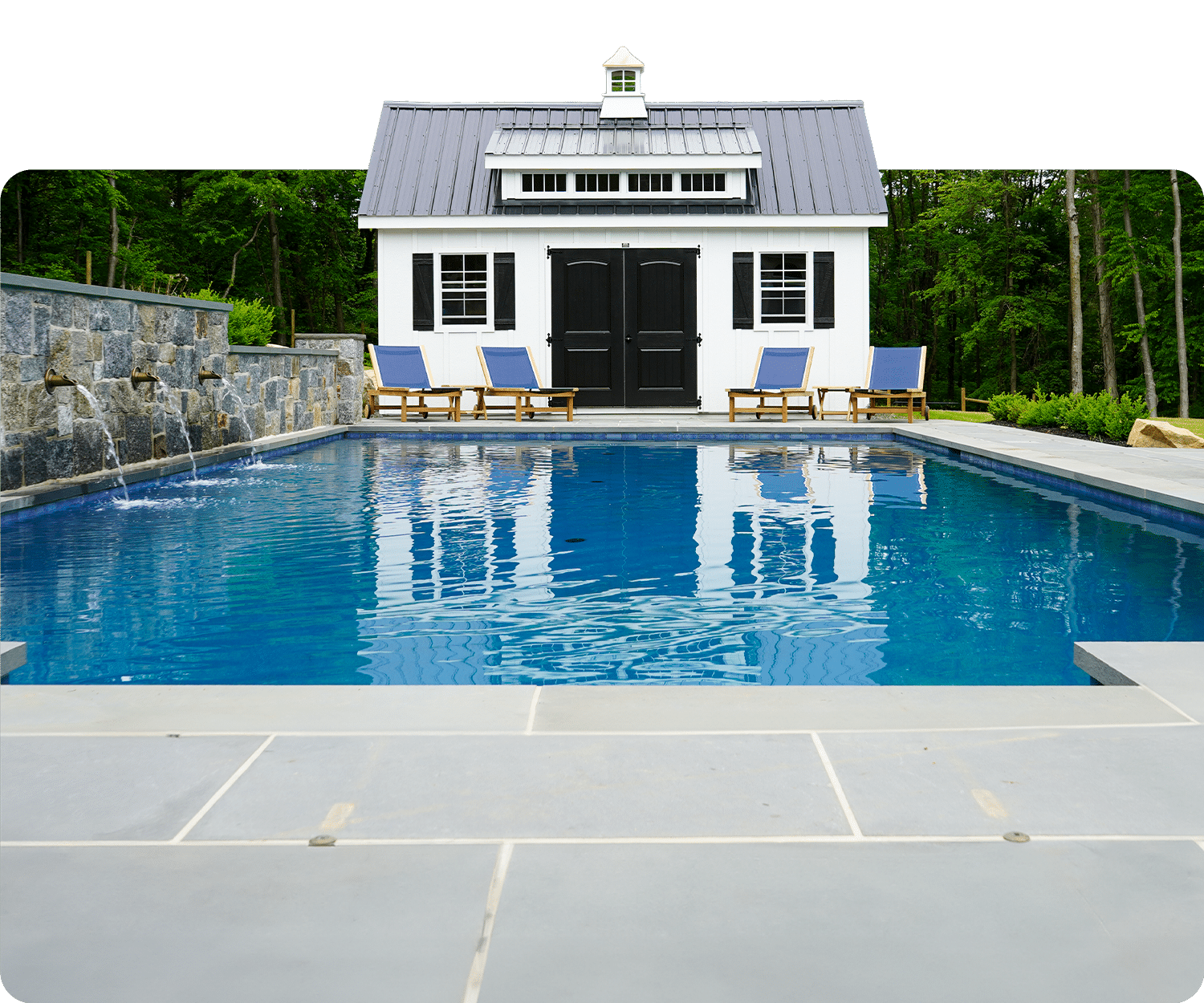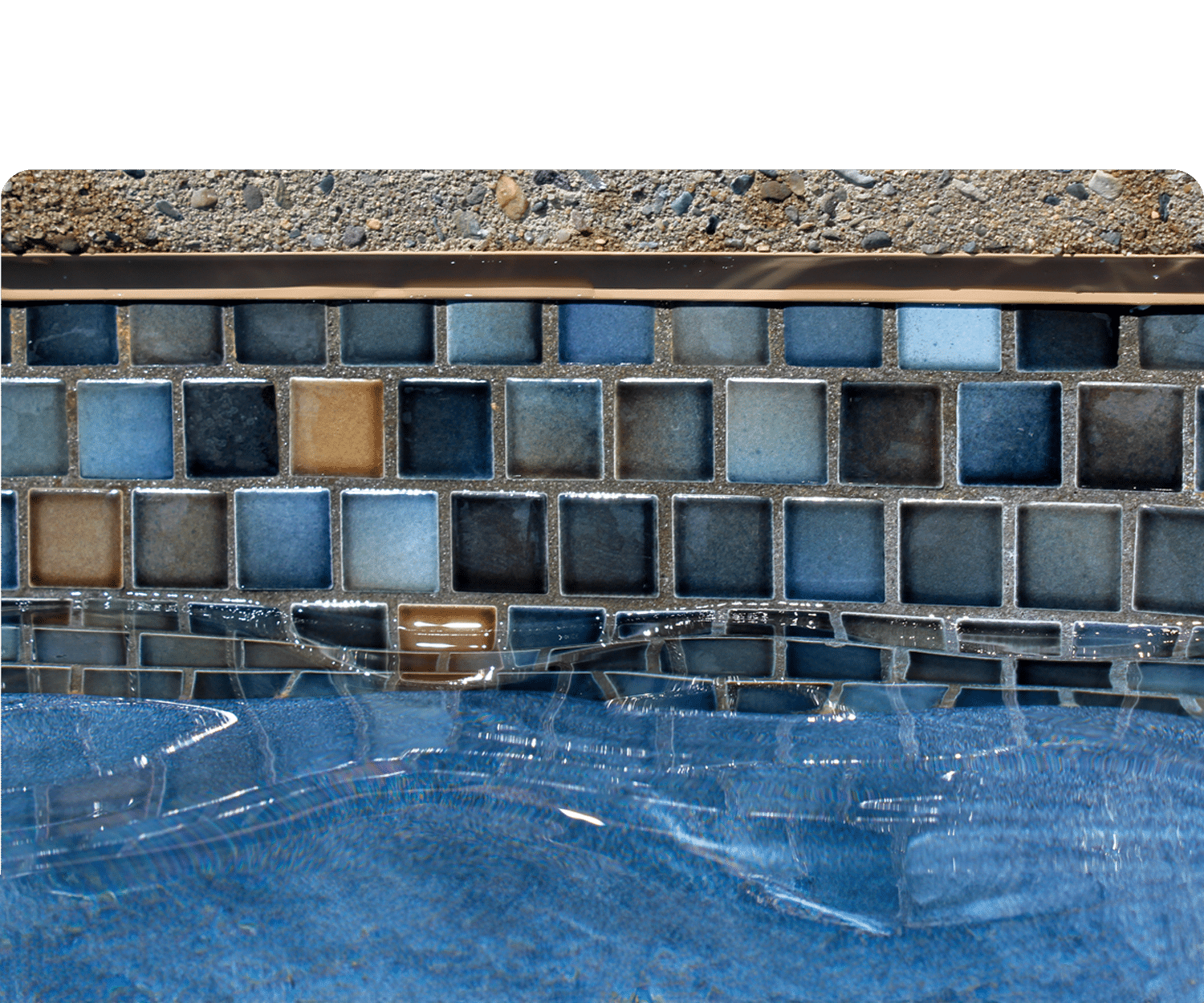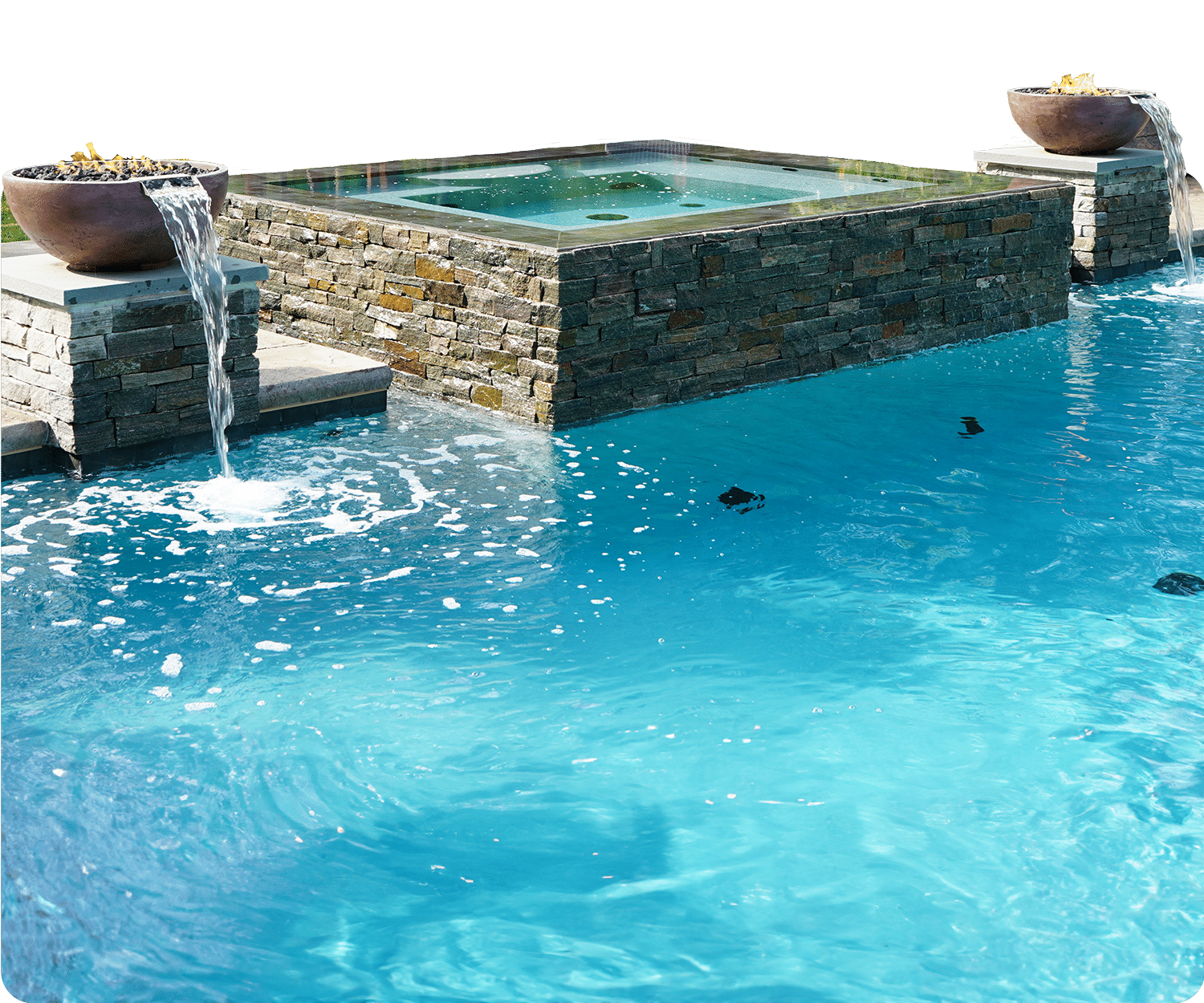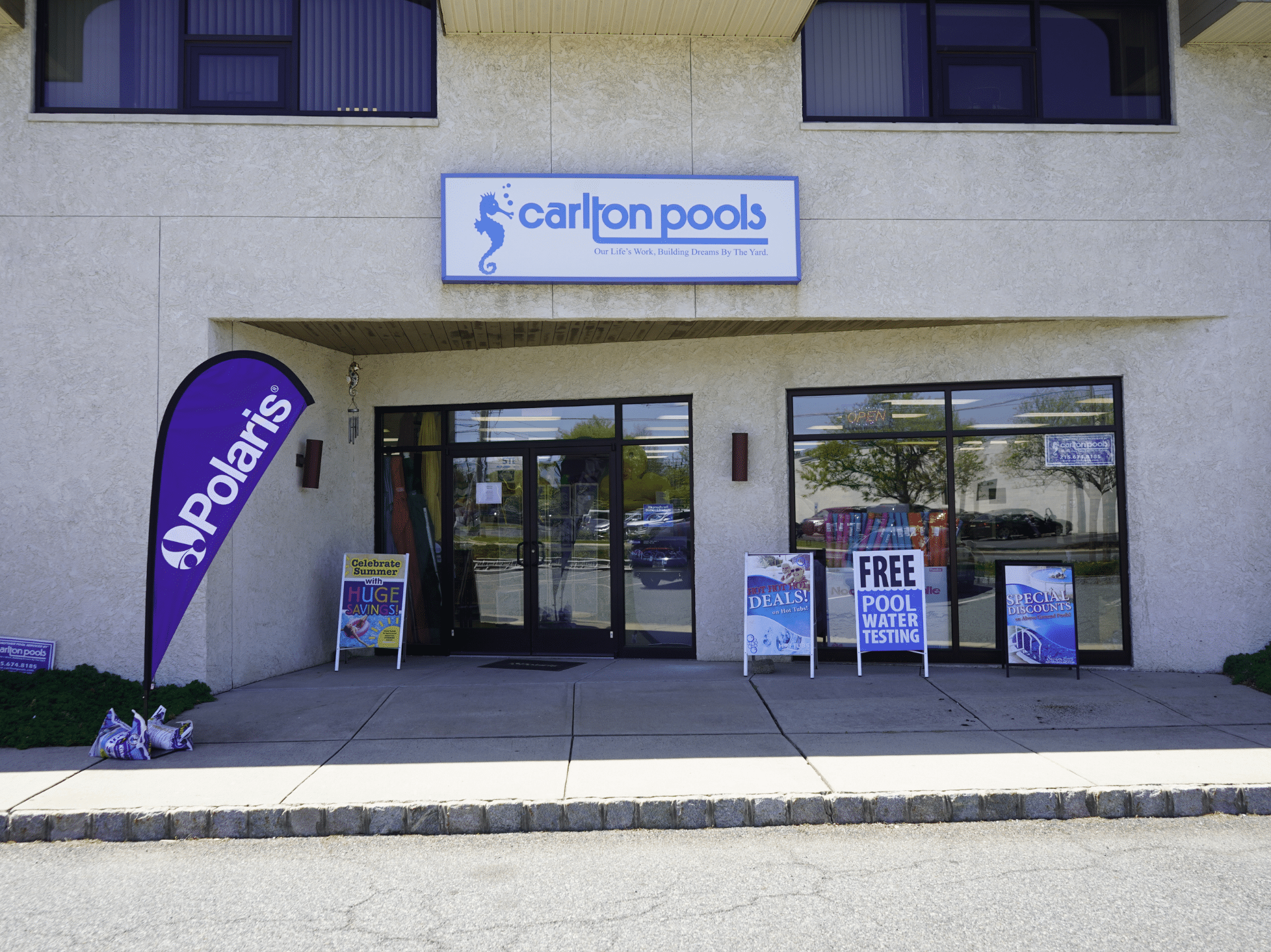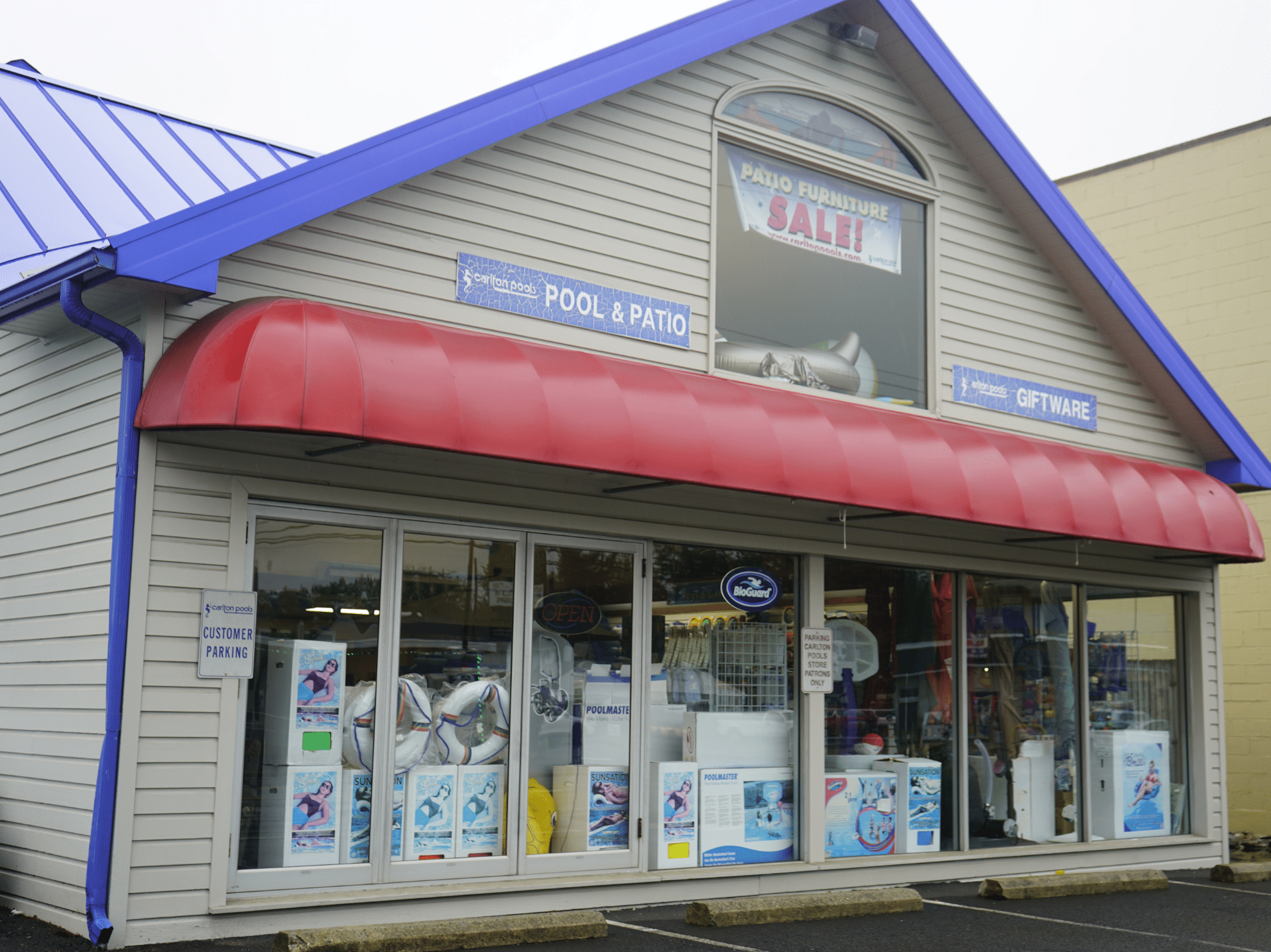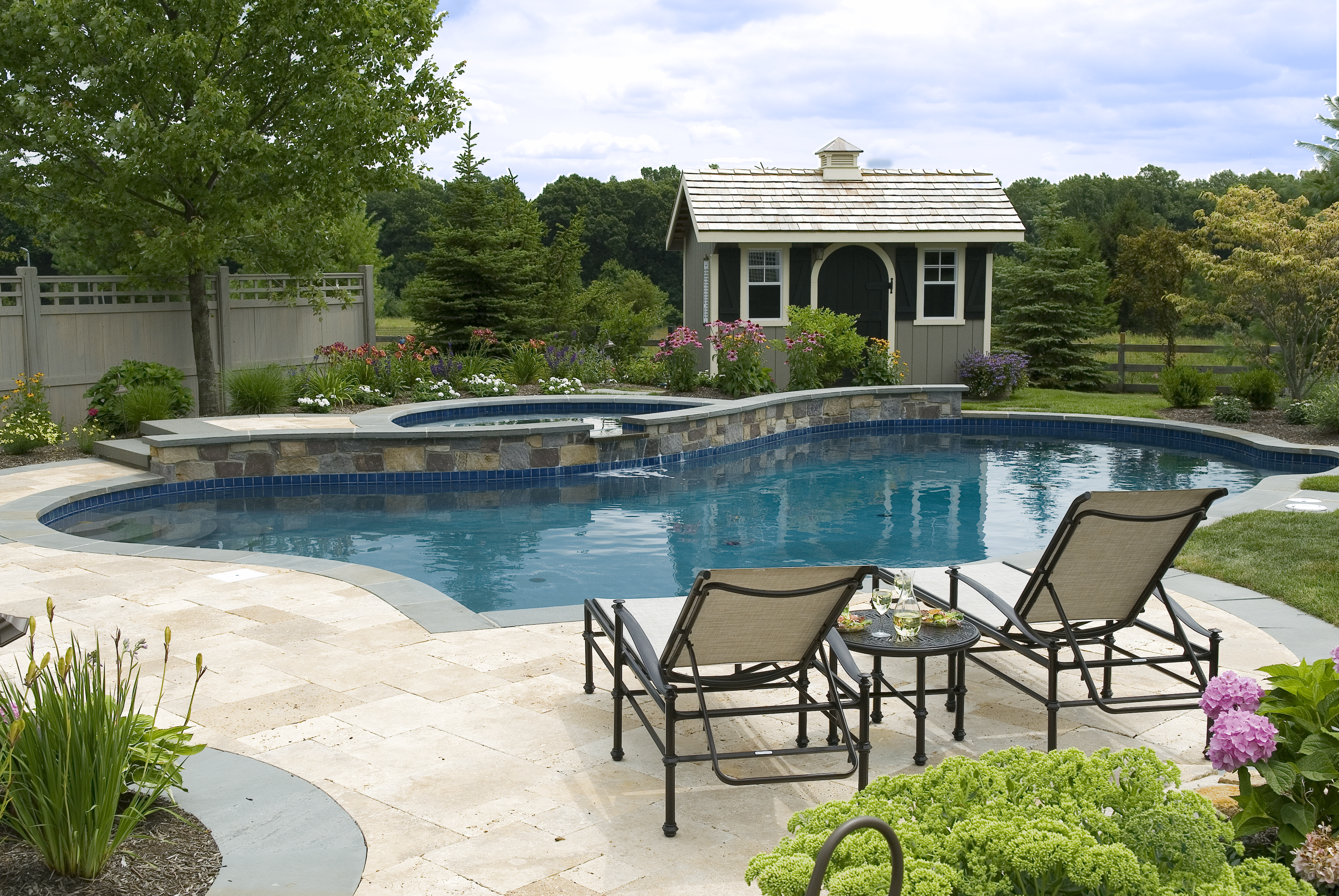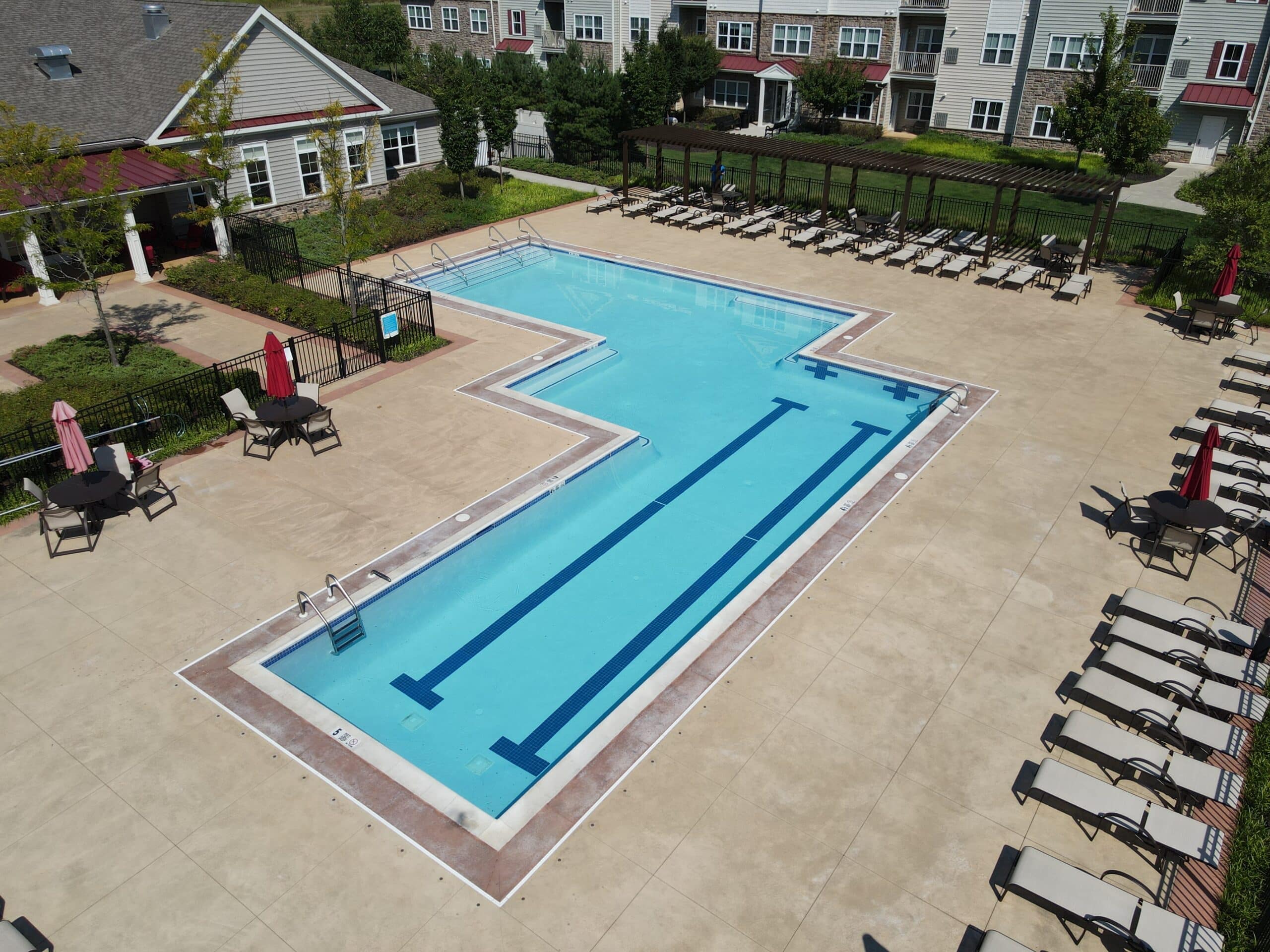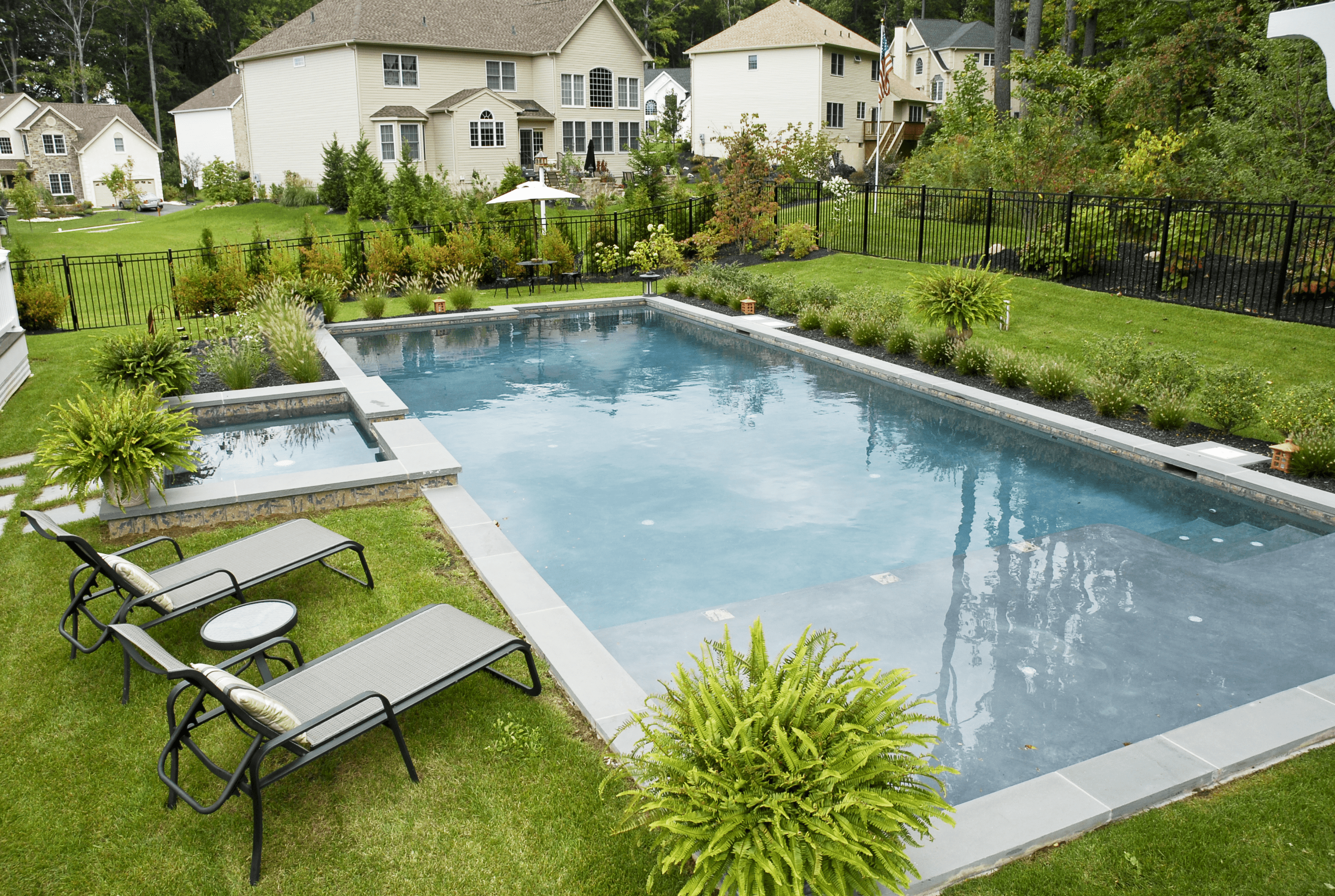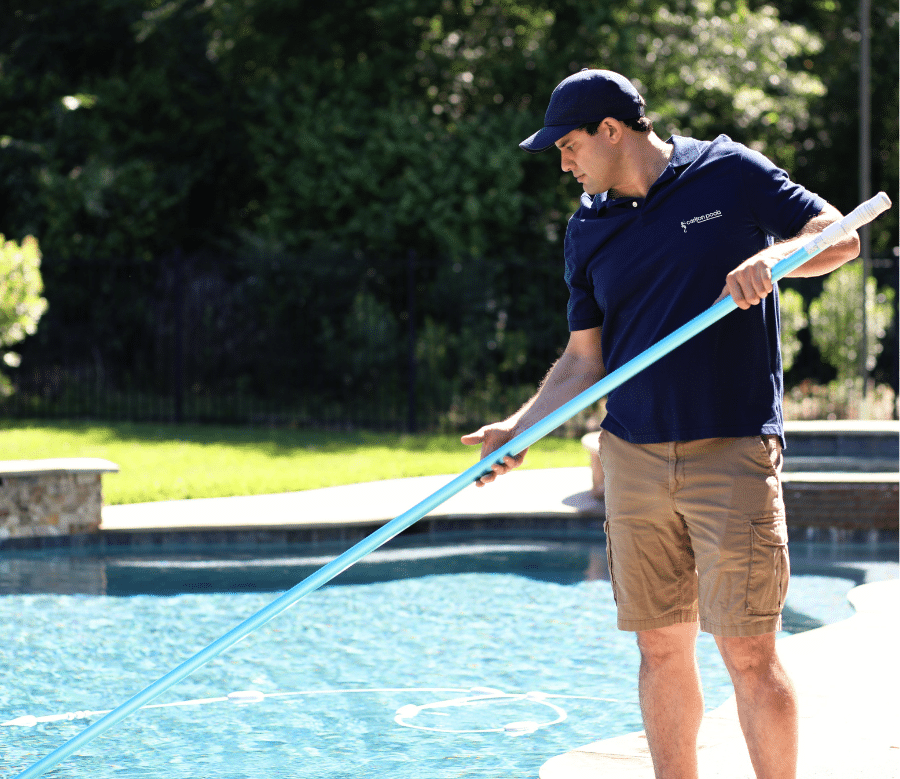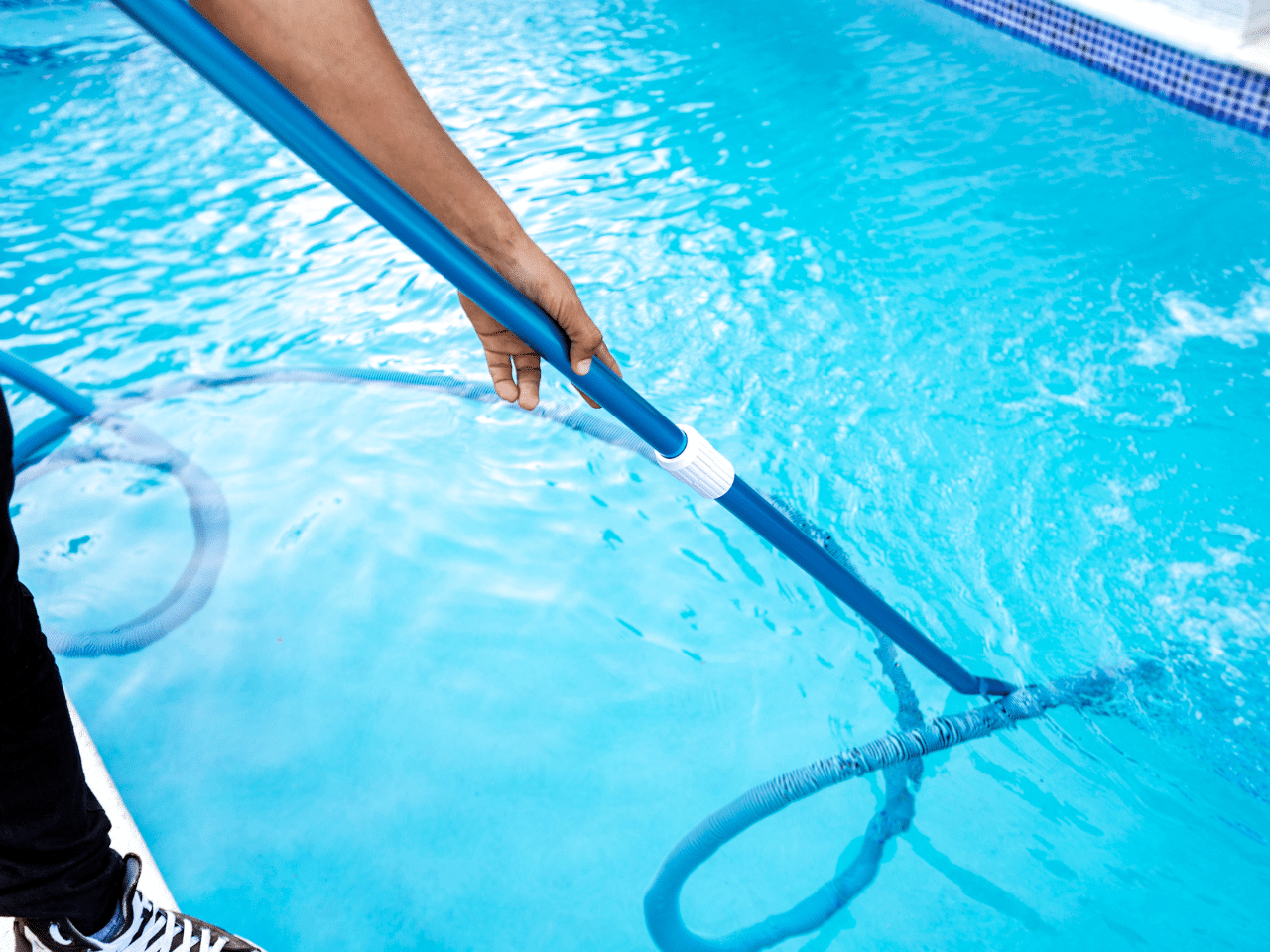
Filling an above ground pool seems straightforward, but choosing the wrong method can lead to problems. One risky option is using a water truck delivery. This article will explore why relying on bulk water delivery or water tanker delivery for your swimming pool filling might not be the best idea.
The Dangers of Using a Water Truck to Fill an Above Ground Pool
Liner Damage from Water Pressure
Filling an above ground pool with water from a truck can also pose a risk to the pool’s liner. The high pressure from the rapid delivery of water can easily tear the liner, leading to holes and leaks.
In fact, this pressure is often so strong that it can even pose a risk to the liner of inground pools. This damage not only compromises the pool’s structure but also incurs additional costs for repairs and water loss.
It’s crucial to ensure that the water is introduced slowly and evenly to prevent such damage, which is better managed using a garden hose or controlled water delivery services.
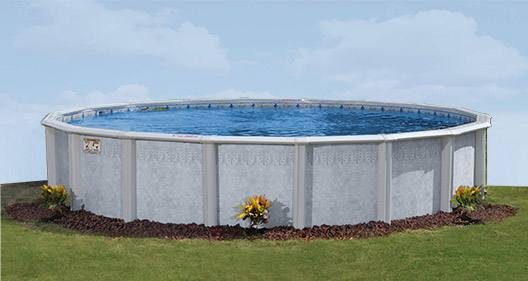
Costly and Wasteful
Filling an above ground pool with a water truck not only demands a hefty fee but also proves to be inefficient. The process might seem quick at first glance, yet considering the need for multiple trucks—the cost skyrockets.
The inefficiency doesn’t stop at financial costs. This approach involves an excessive use of resources and time, especially when additional top-off from a garden hose becomes necessary.
With each shipment potentially carrying non-potable water not specifically treated for pools, risks increase without guaranteeing superior results. Opting for a pool filling service designed explicitly for such tasks or utilizing alternative methods could save both money and resources while ensuring cleaner, safer water for your swimming pleasure.
Potential Chemical Contamination
Non-potable water carried by water trucks might not be suitable for filling an above ground pool, as it could potentially contain chemical contaminants. The cleanliness and quality of the water being delivered should be a primary concern, as non-potable water tankers may not meet the necessary standards for filling a swimming pool.
Safety Concerns
Water trucks may carry non-potable water, which raises concerns about the cleanliness and quality of the water being delivered. The large volume of water being transported can pose safety hazards during delivery and filling processes, making it crucial to prioritize safety when considering pool filling options.
It is important to consider the safety regulations surrounding pool water transportation and ensure that only clean and potable water is used for filling swimming pools. Additionally, understanding the potential risks associated with using a water truck underscores the need for better alternatives in order to prioritize safety when maintaining above ground pools.
Better Alternatives for Filling Above Ground Pools
When filling your above ground pool, use a garden hose to ensure a safe and efficient process. Conserving water while filling your pool is also crucial in maintaining environmental sustainability.
Using a Garden Hose
Filling an above ground pool using a garden hose is a cost-effective and efficient option. Compared to using water trucks, which can be costly and require multiple trips, a garden hose allows for easy access to potable water from your home’s supply.
This method also ensures clean and safe water for your pool, without the risk of potential chemical contamination from non-potable sources. Additionally, utilizing a garden hose provides more control over the filling process, allowing you to monitor the water level and conserve resources by adjusting the flow as needed.
The water pressure from a garden hose is also gentle and steady, reducing the risk of damaging the pool’s liner. Unlike the high pressure from water trucks, which can easily tear the liner and lead to holes and leaks, a garden hose fills the pool gradually, ensuring the liner remains intact and the pool structure is maintained.
Furthermore, filling your above ground pool with a garden hose helps minimize excessive water usage and reduces unnecessary costs associated with hiring water delivery services or using non-potable water tankers.
Tips for Conserving Water While Filling Your Pool
When filling your pool, consider using a cover to prevent evaporation and reduce water loss. Regularly check for leaks in the pool and ensure proper maintenance of equipment to avoid unnecessary water wastage.
Additionally, utilizing rainwater harvesting systems can help conserve water by reducing the need for frequent refills.
Conclusion
Using a water truck to fill an above ground pool can be costly and wasteful. It poses potential safety concerns and could lead to chemical contamination. Instead, consider using a garden hose for a more cost-effective and safer option.
Additionally, implementing tips for conserving water while filling your pool is crucial in ensuring the process is efficient and environmentally friendly.
For those looking to purchase a high-quality above ground swimming pool, visit one of the Carlton Pools retail stores. Carlton Pools is an inground concrete pool builder, but sells top-quality above ground pools.
FAQs
Using a water truck for pool filling can be unsafe, risking damage to your pool and potential harm.
Not all water delivery services or water trucking services are equipped or follow the necessary water conservation methods and treatment standards required for swimming pools.
Before filling your pool, consider the source’s quality of water, adhere to above ground pool maintenance guidelines, and explore safe pool filling methods that ensure proper treatment and management of the pool’s ecosystem.


